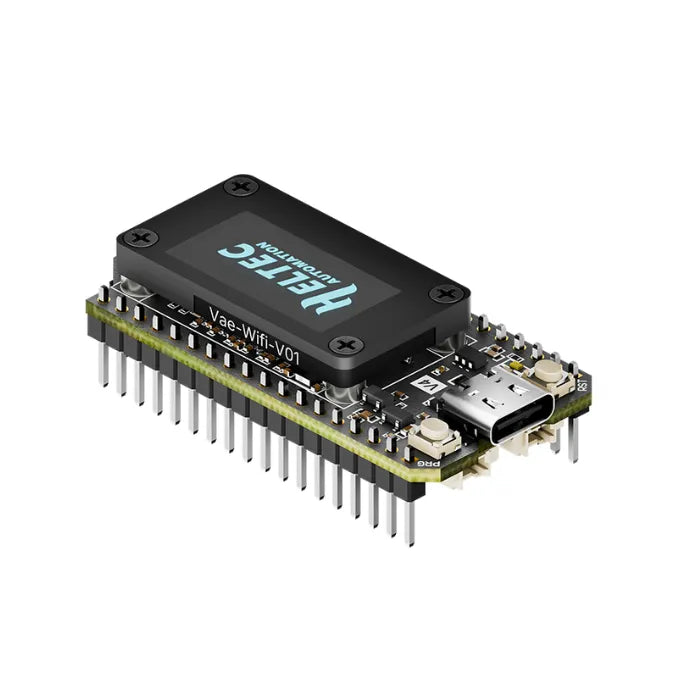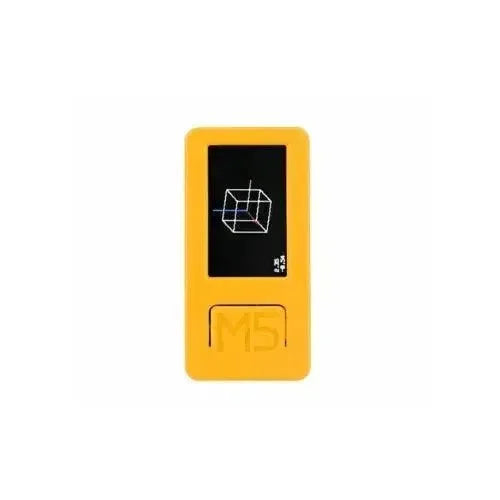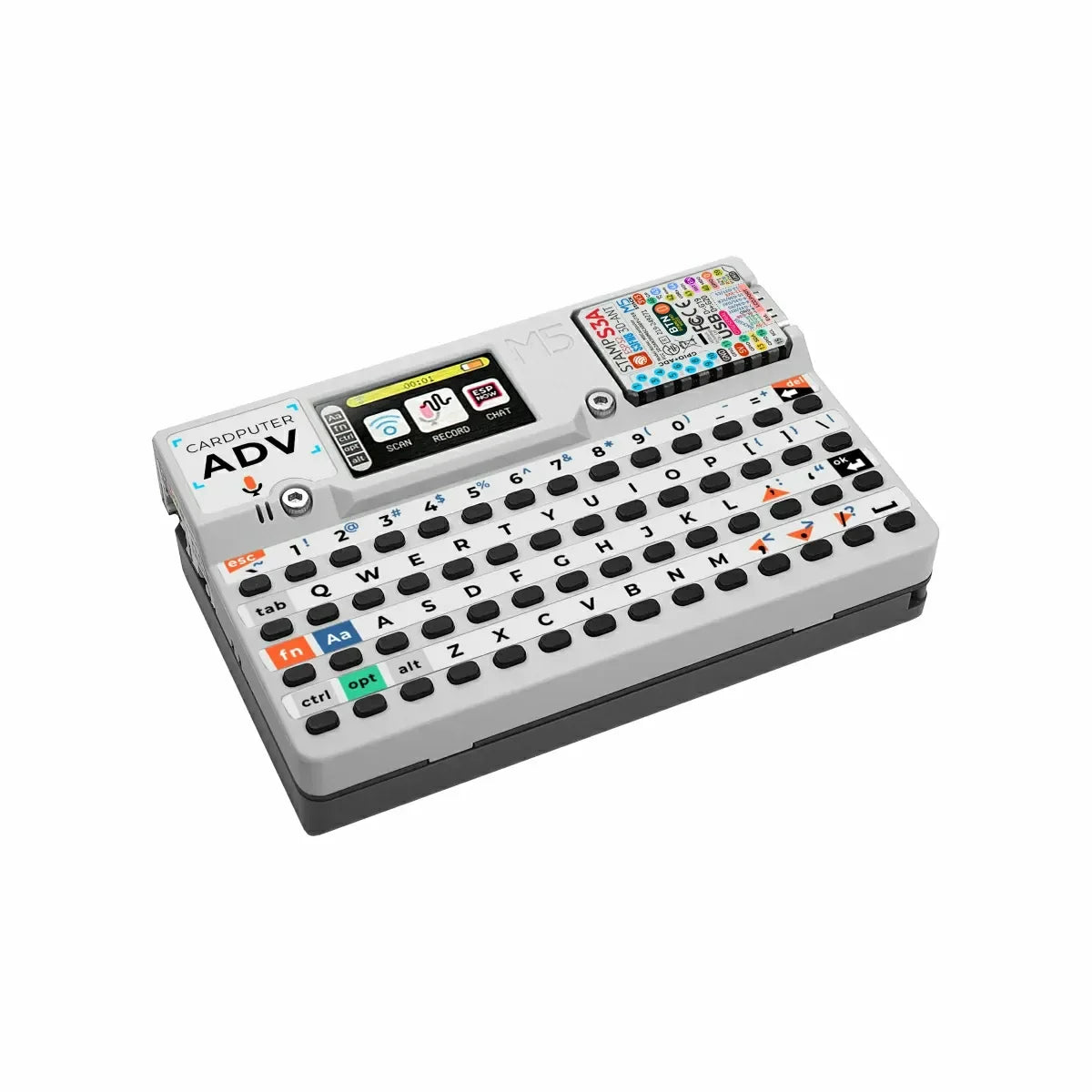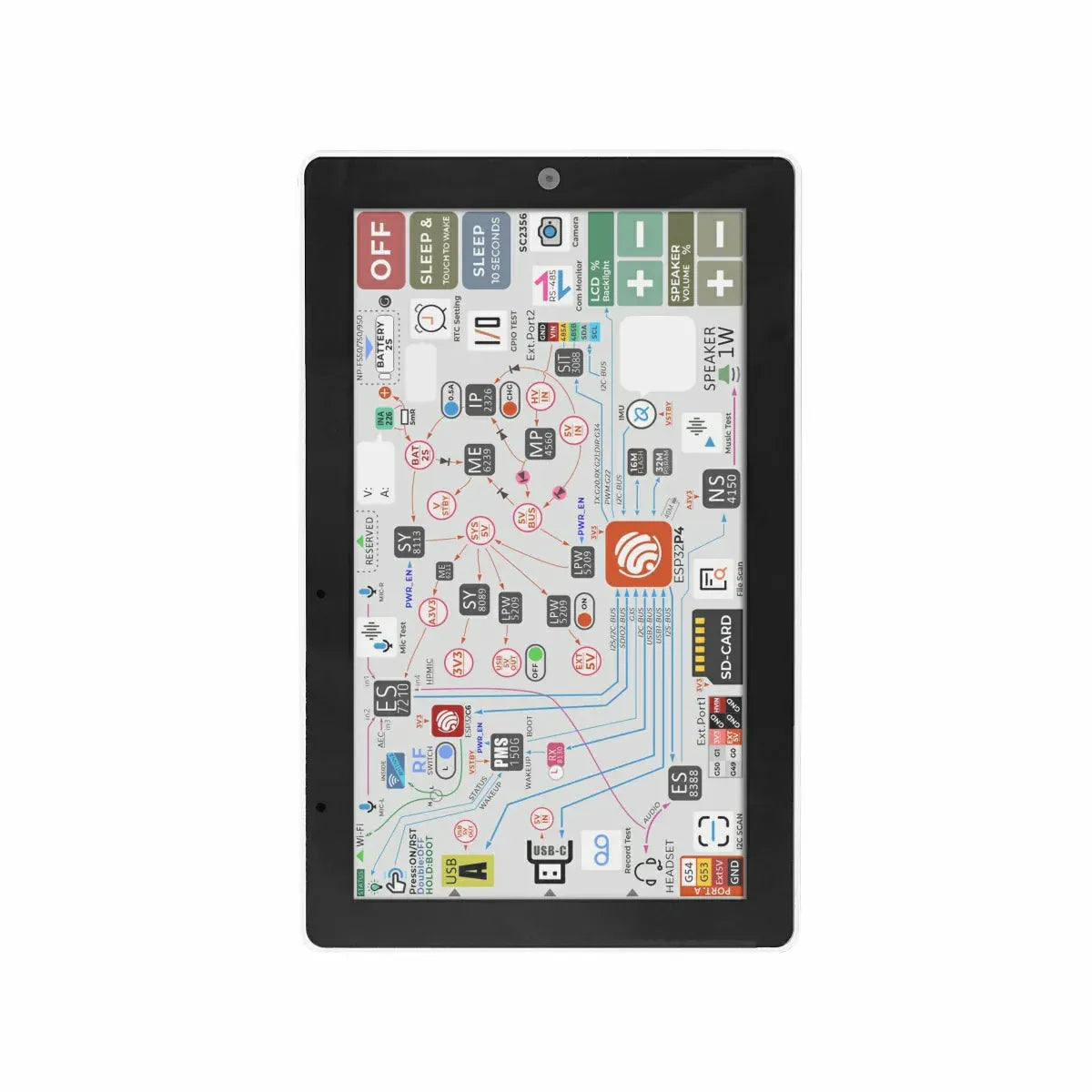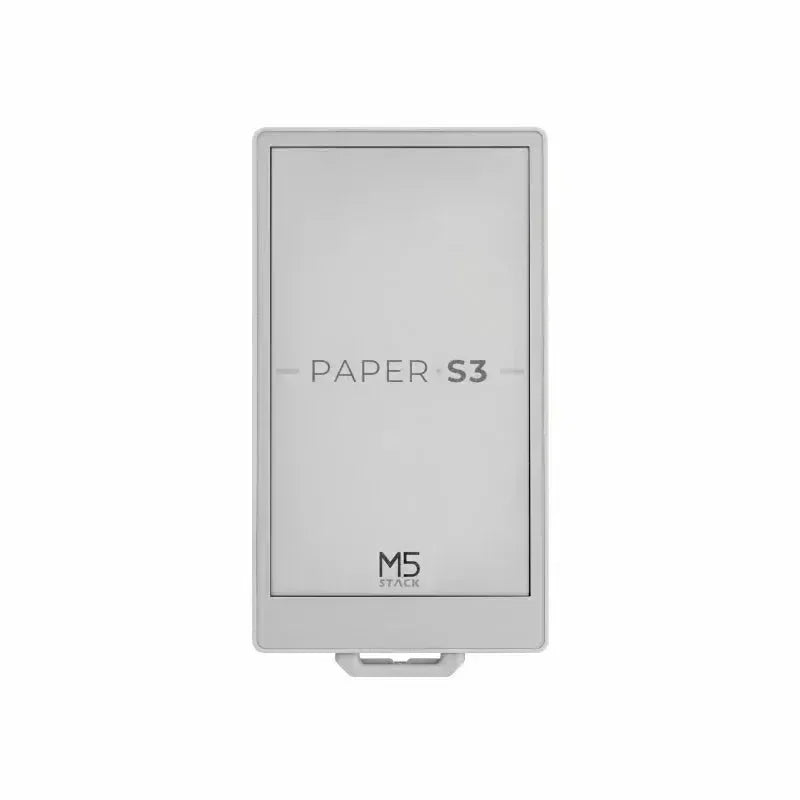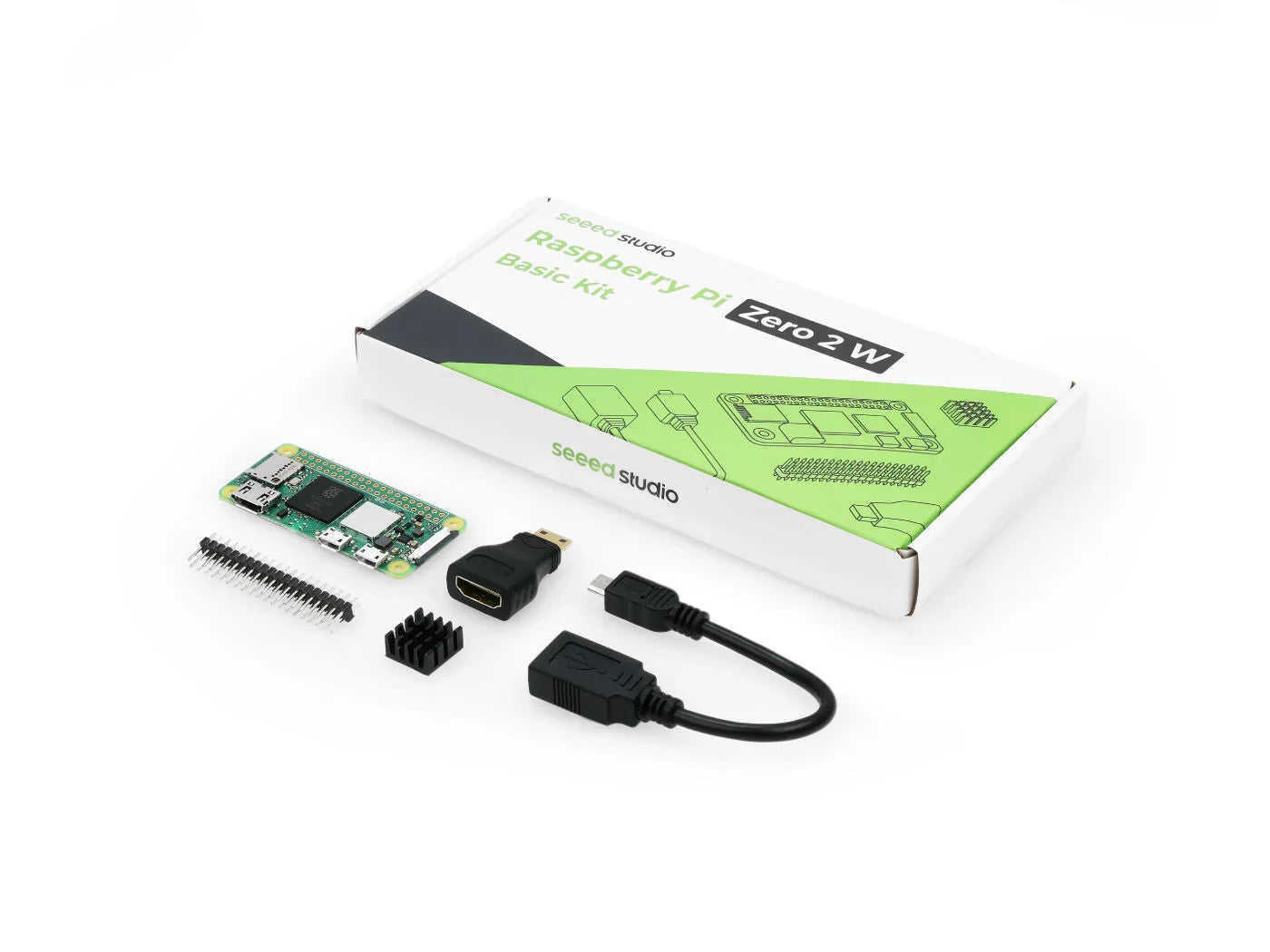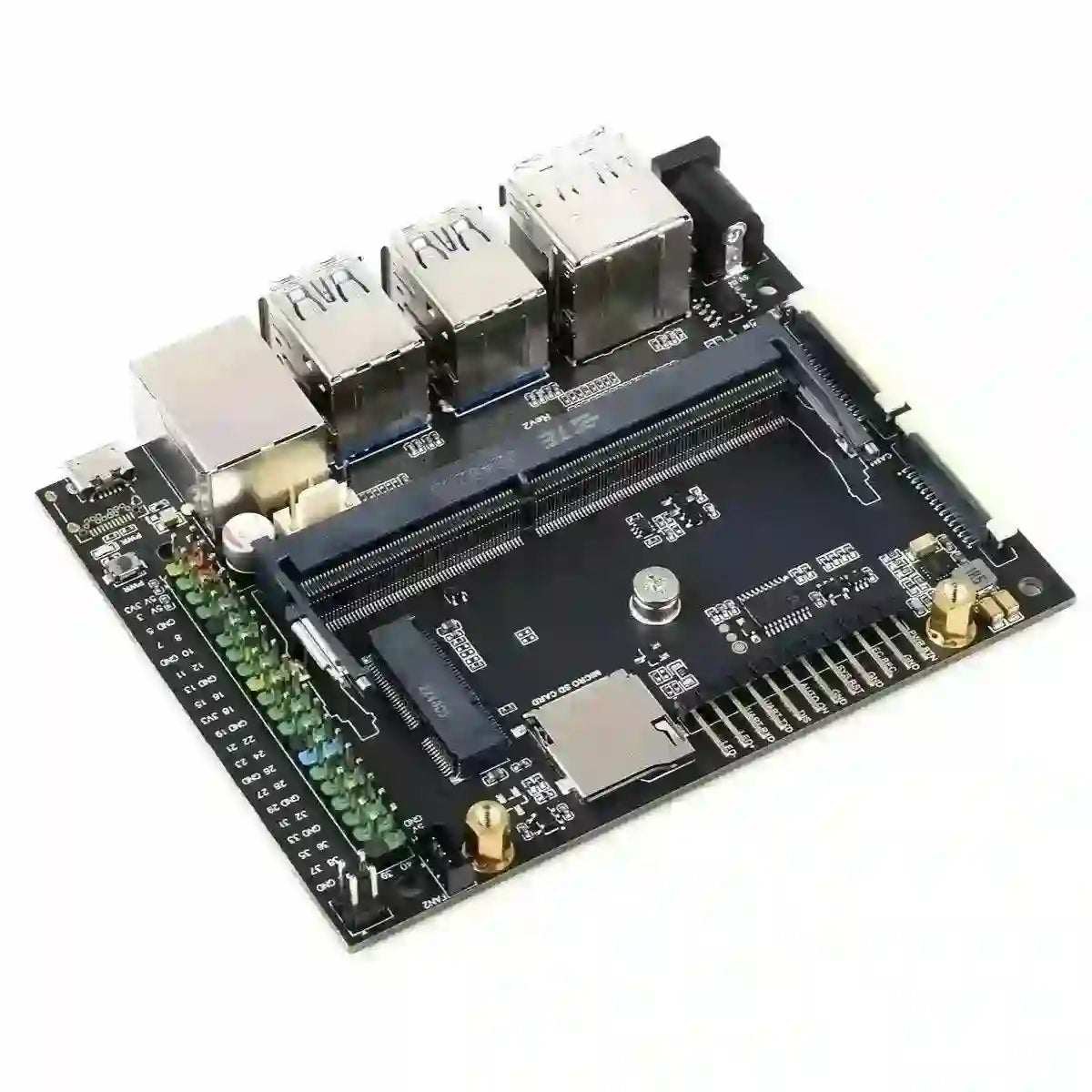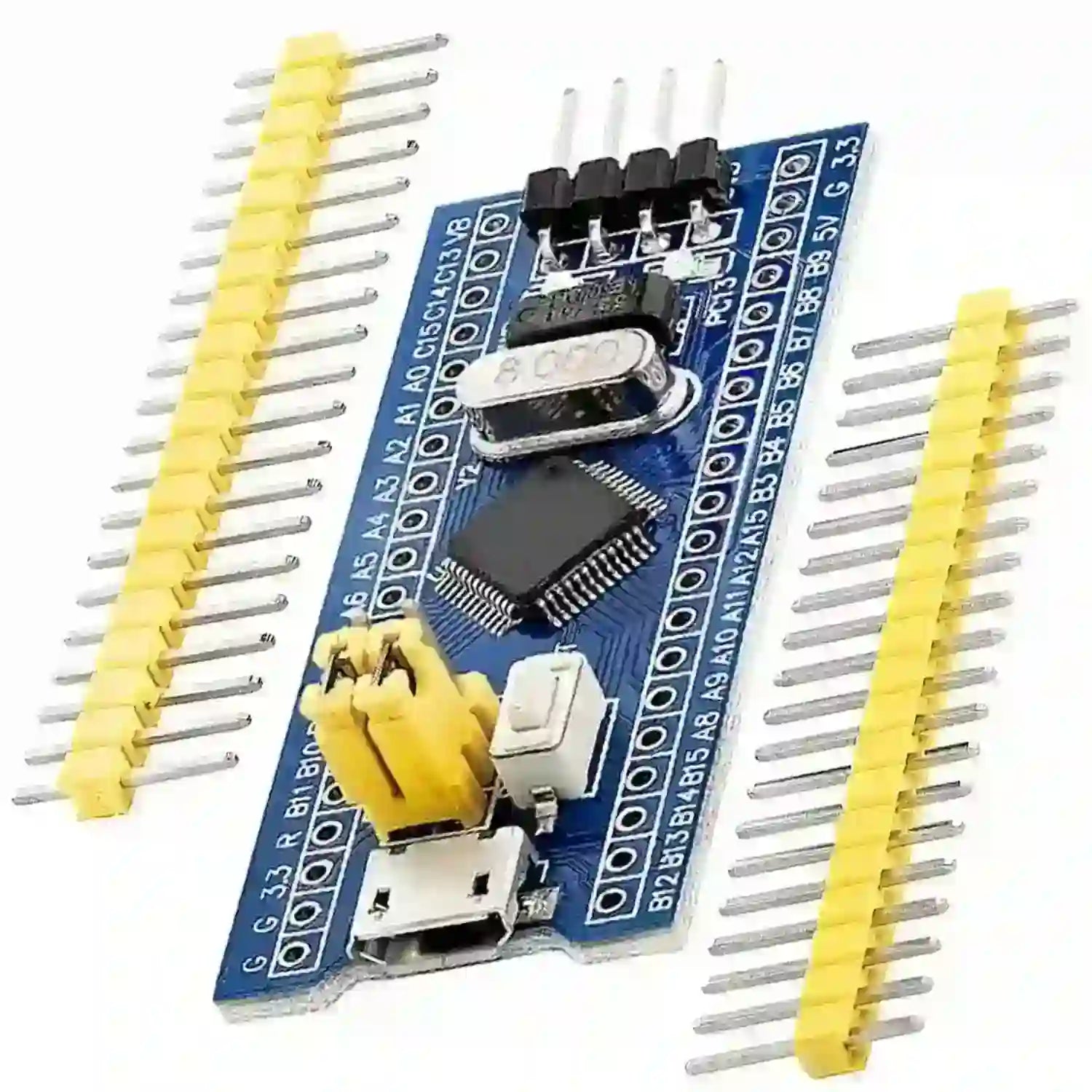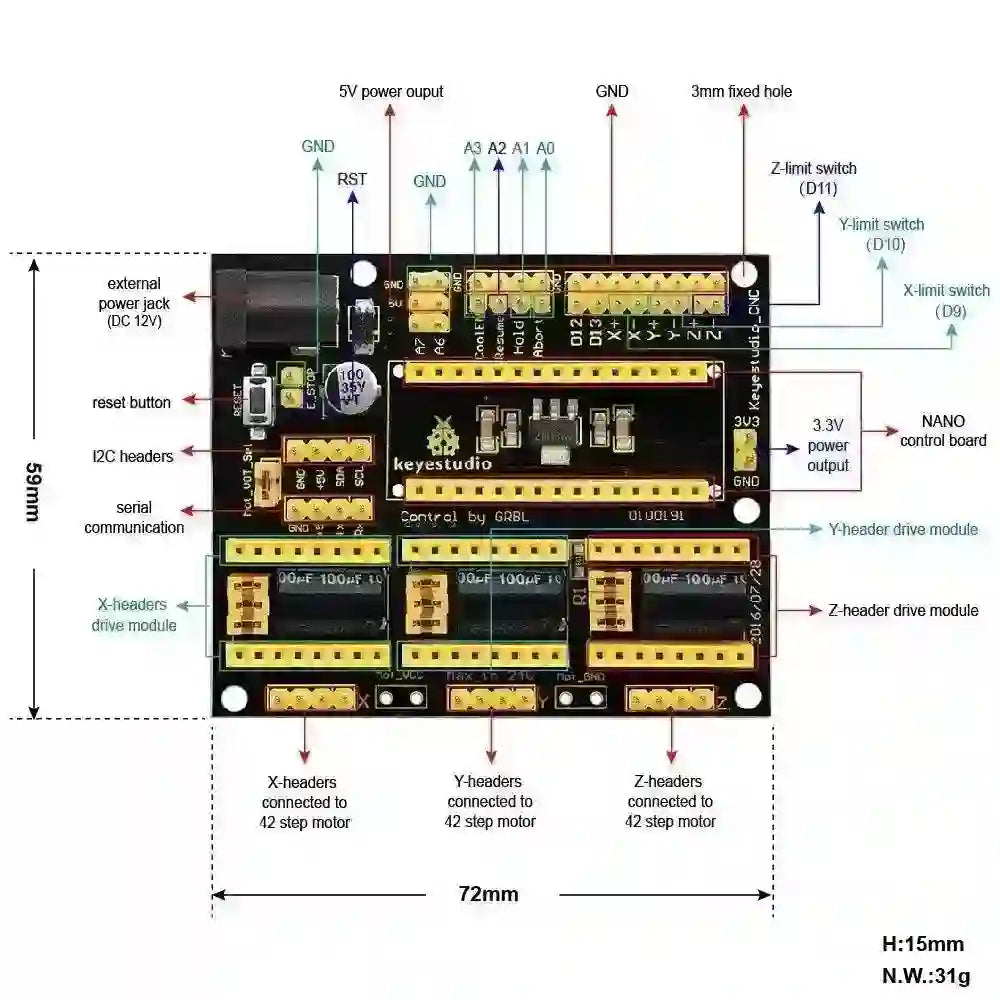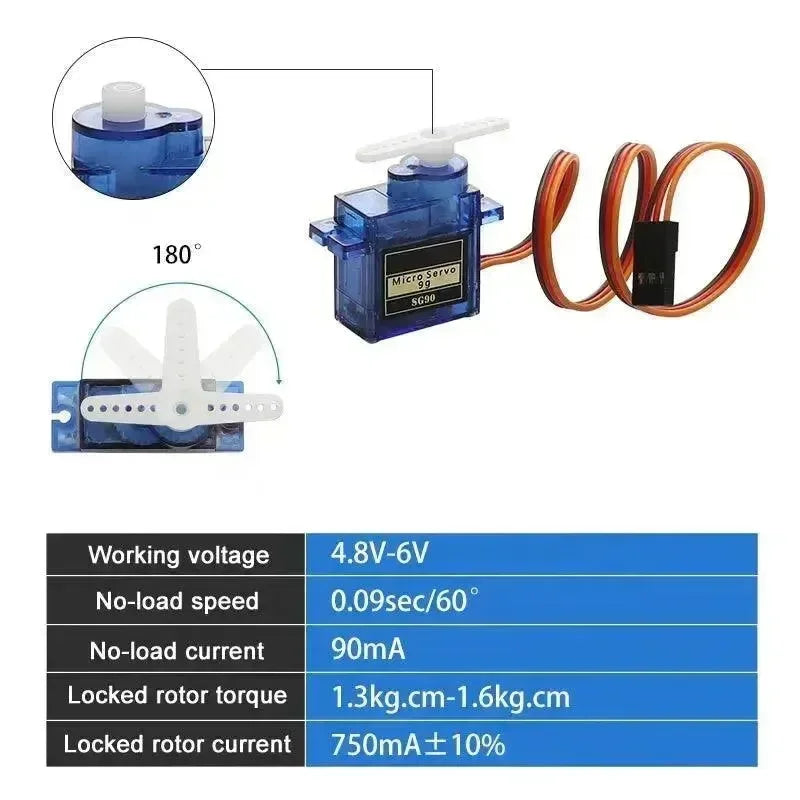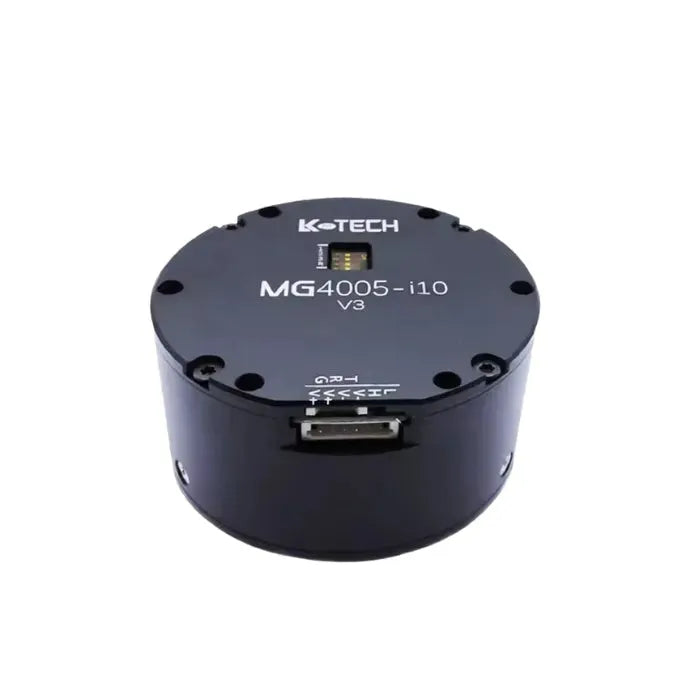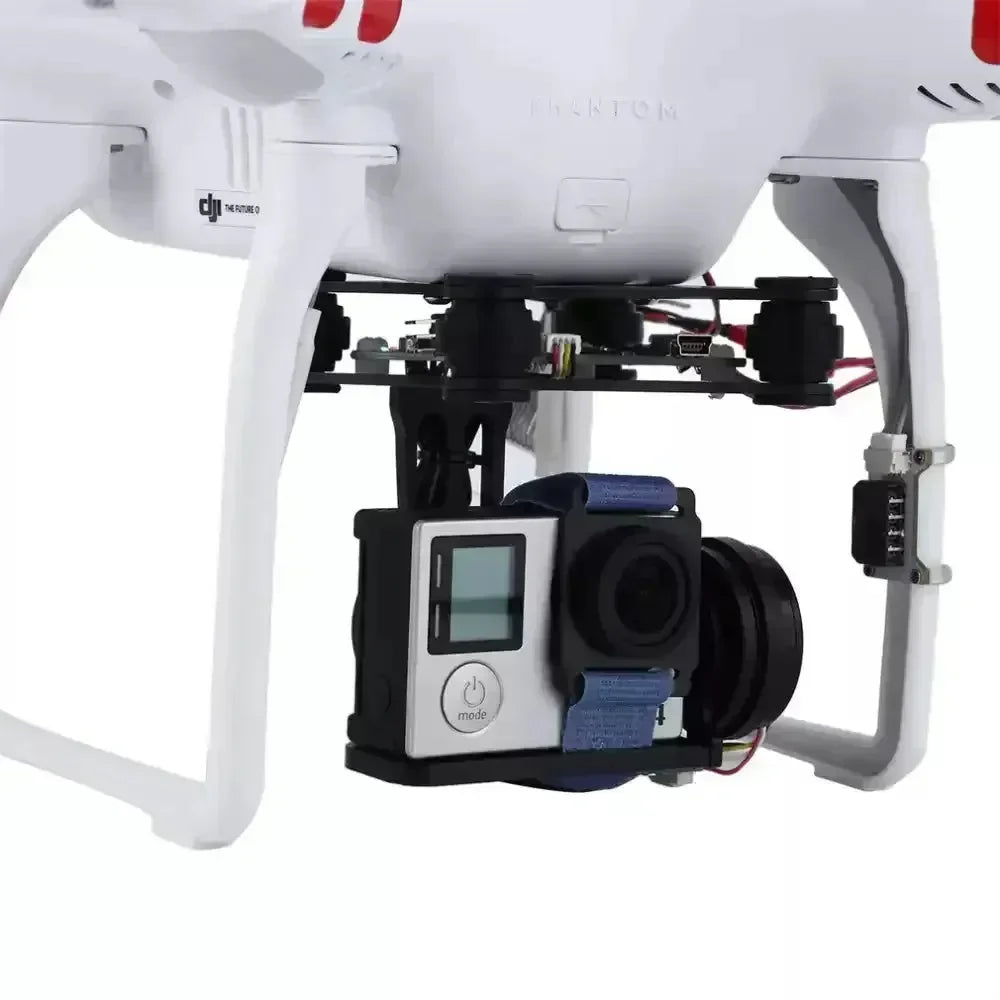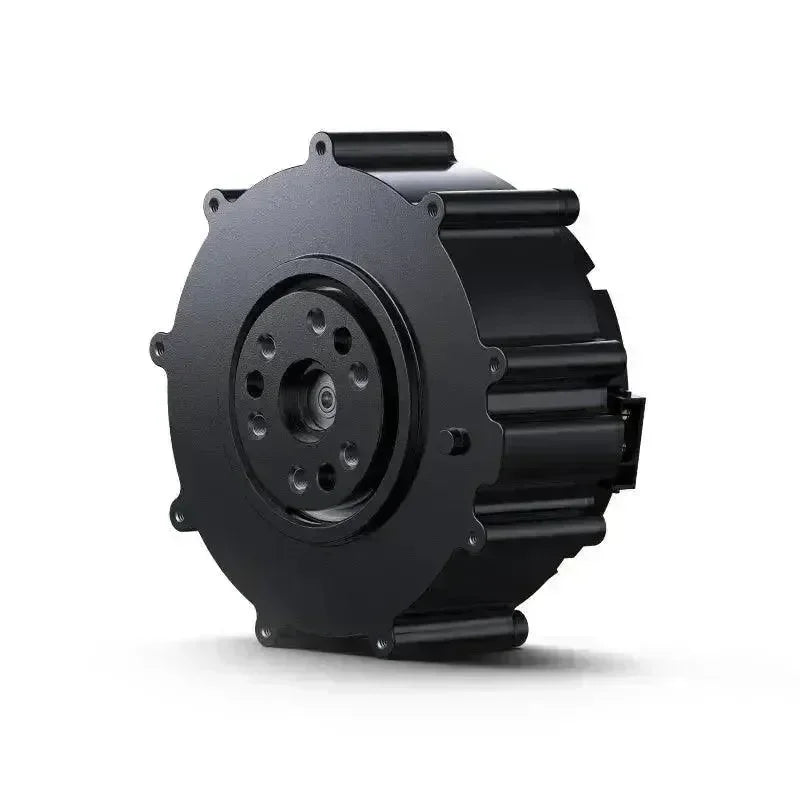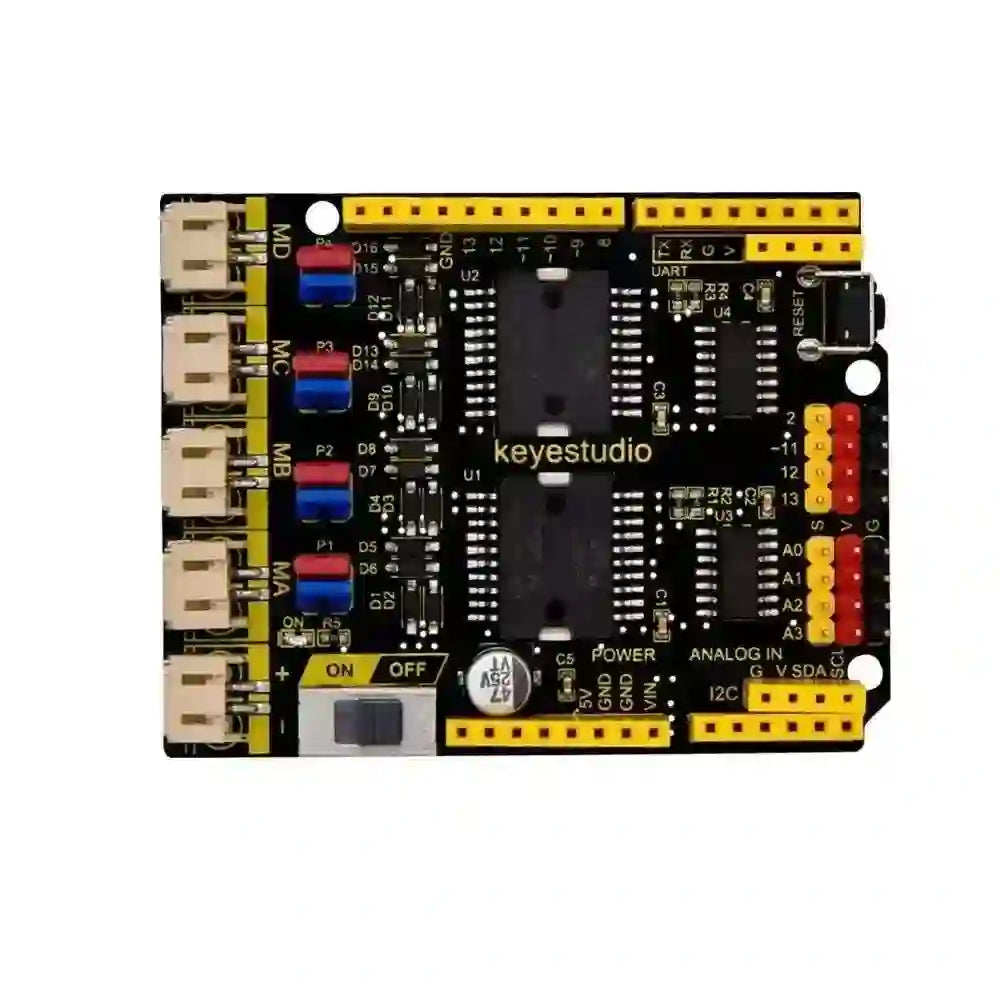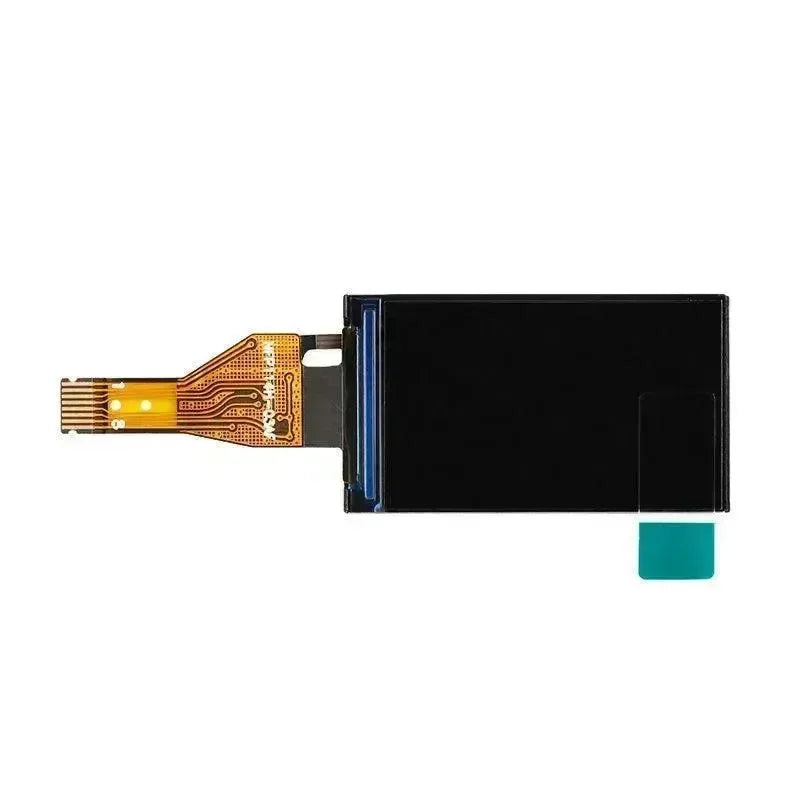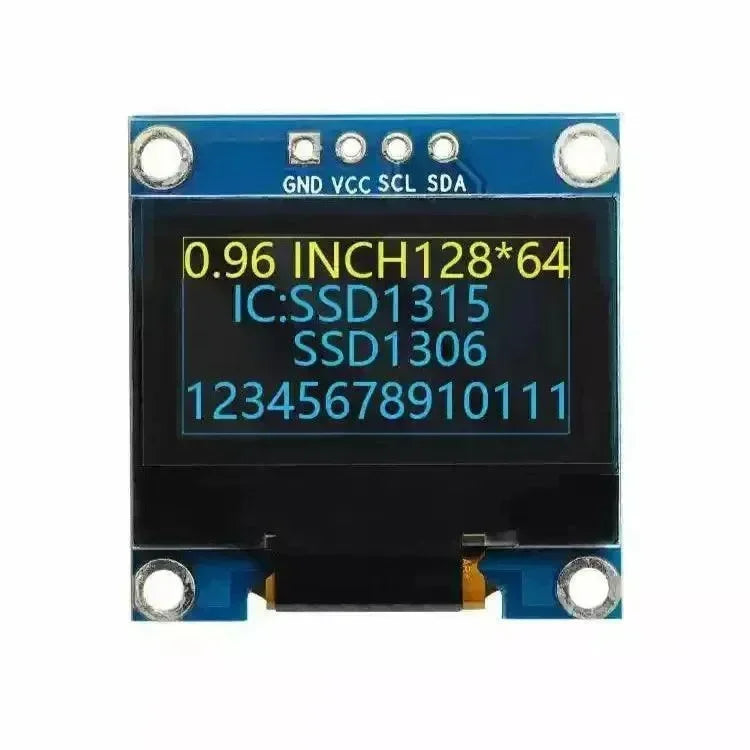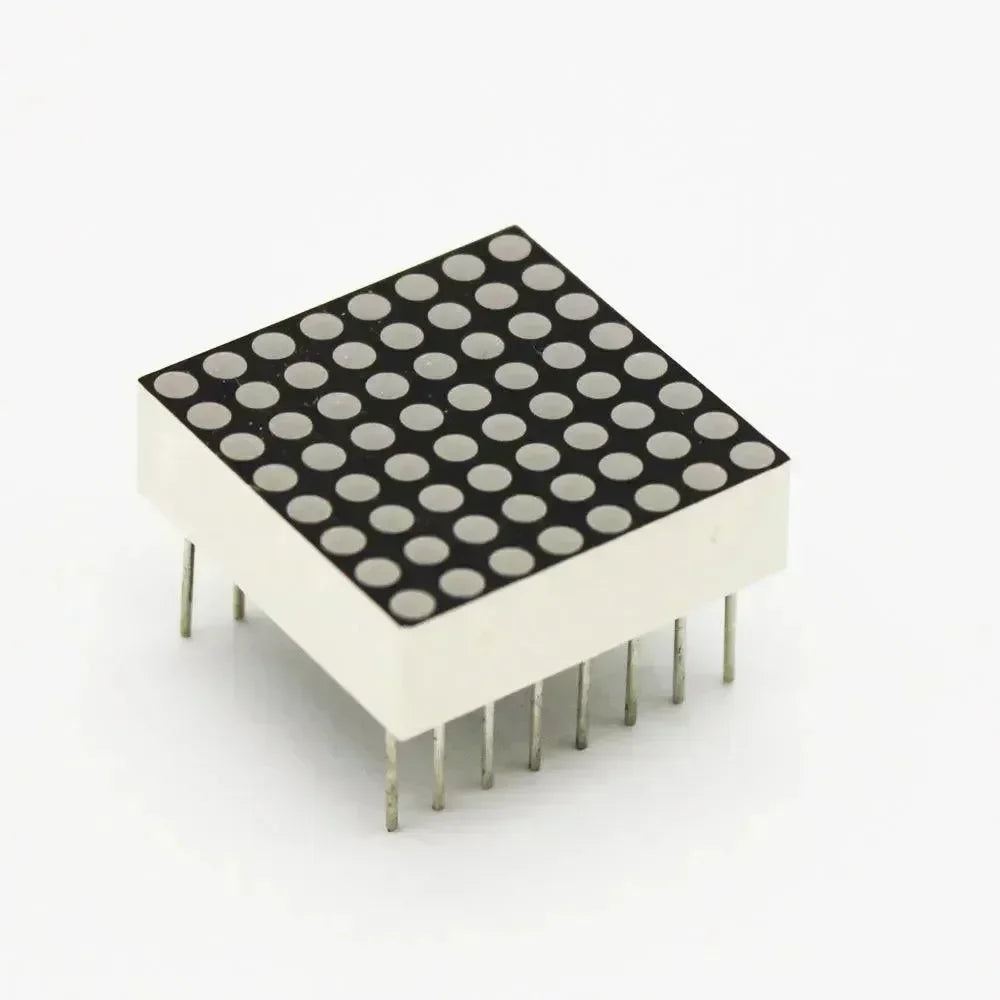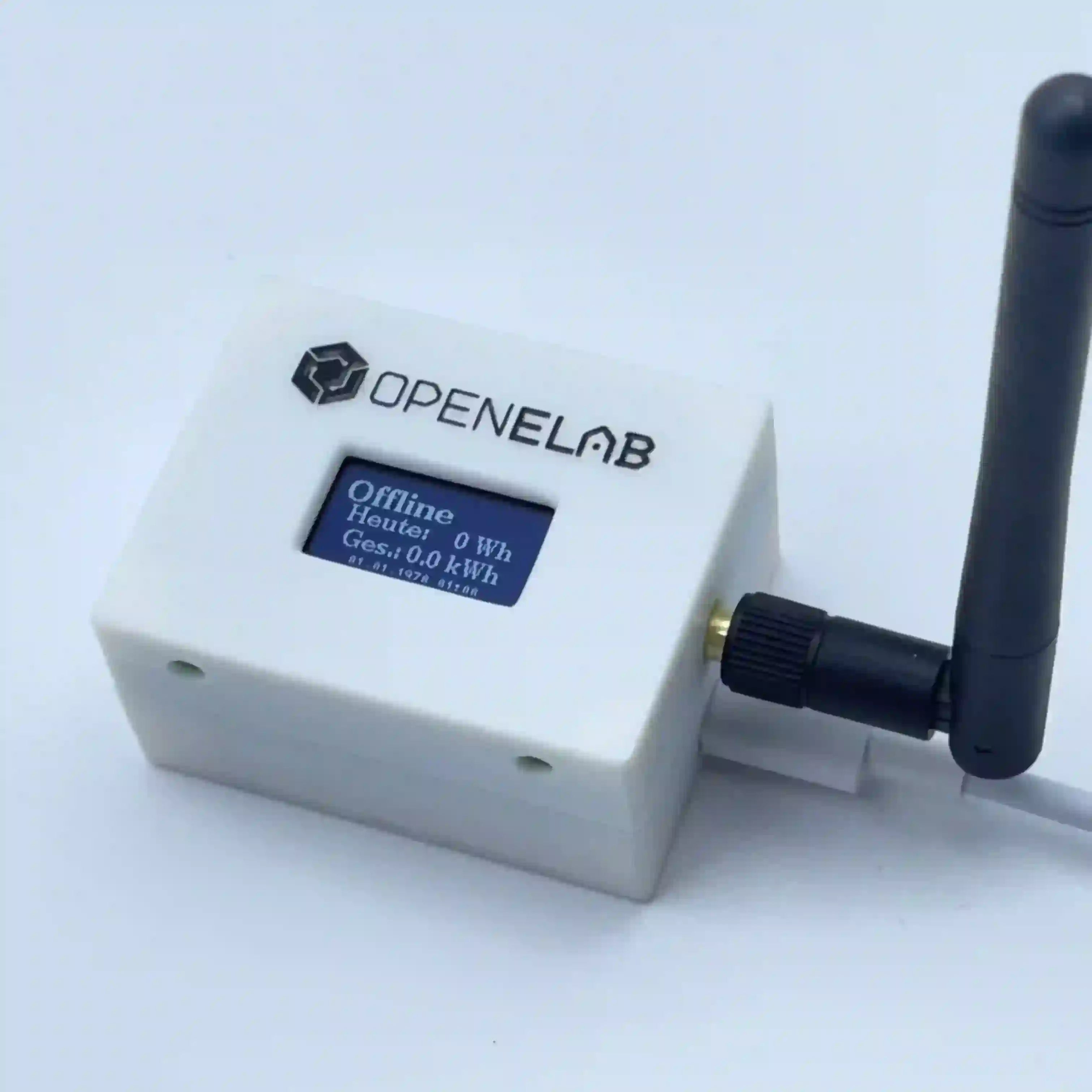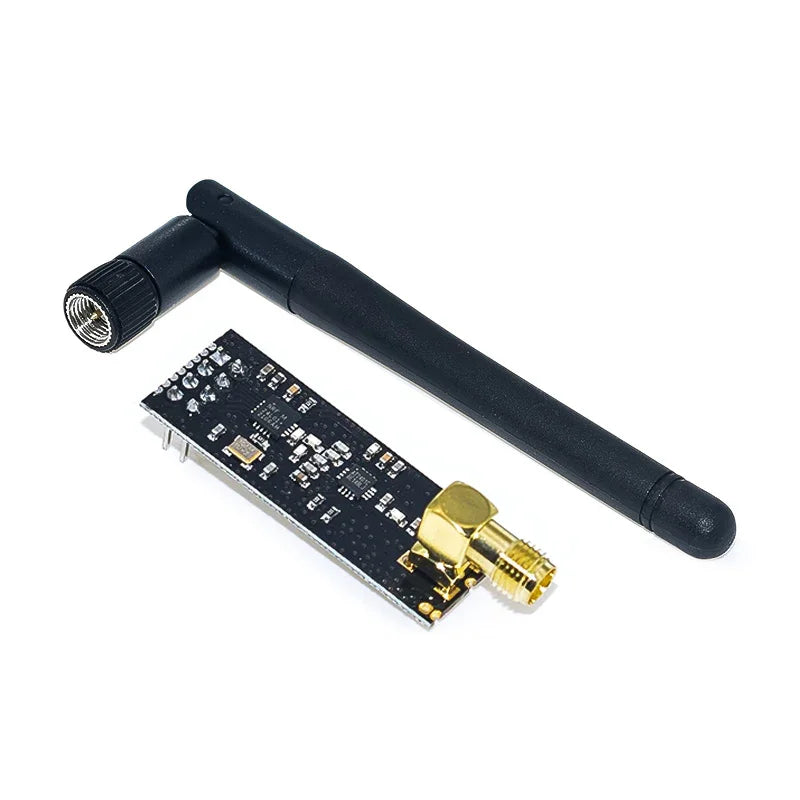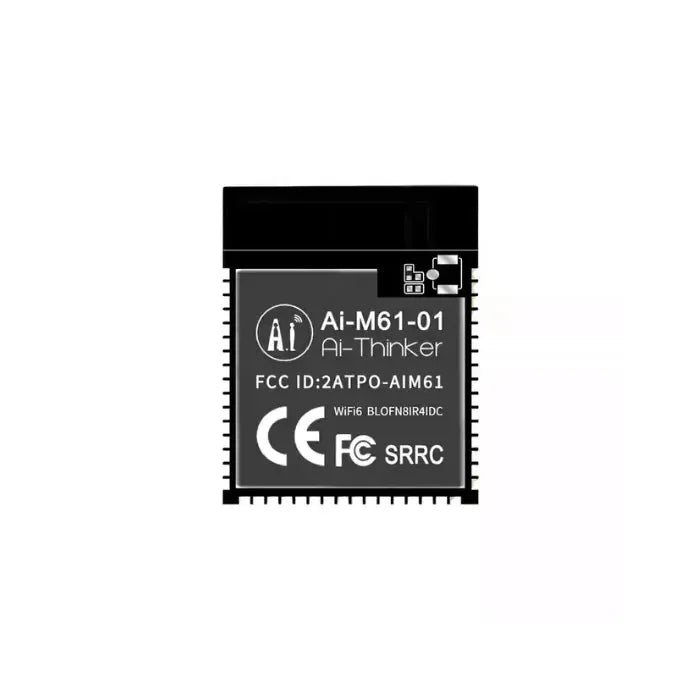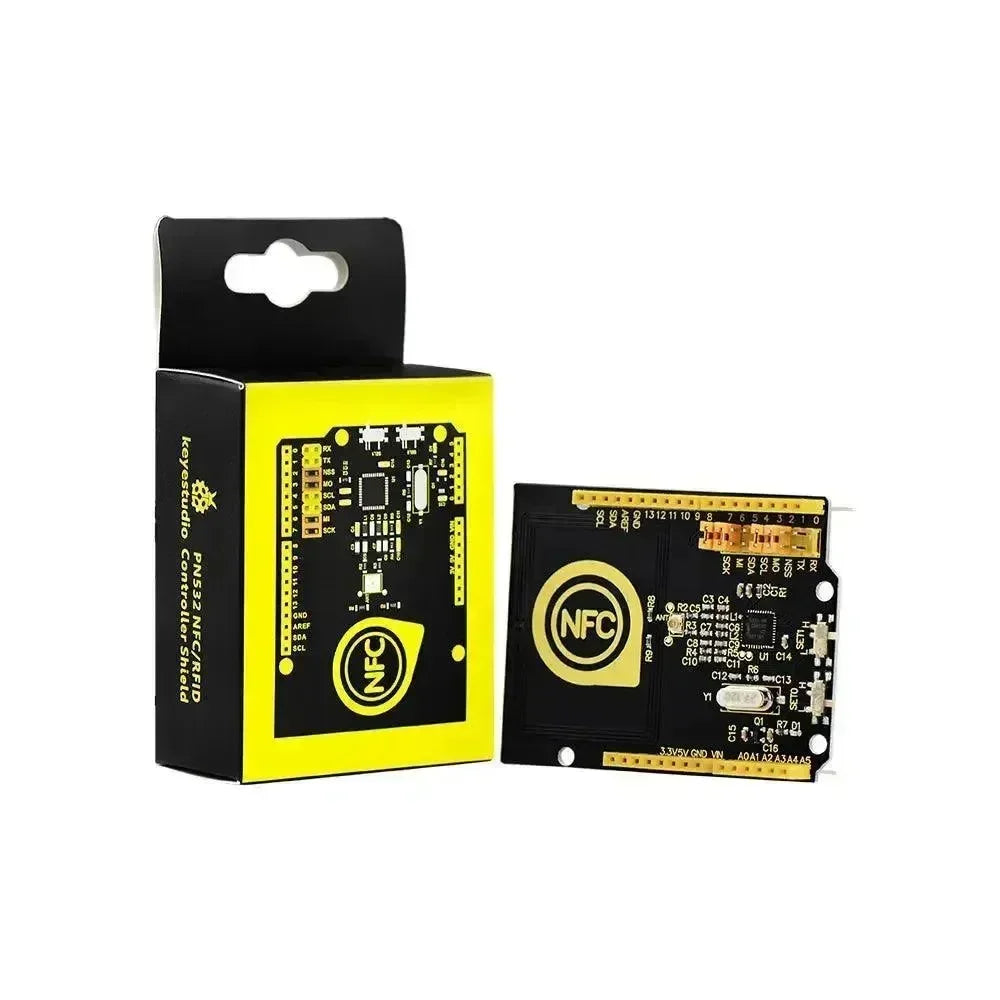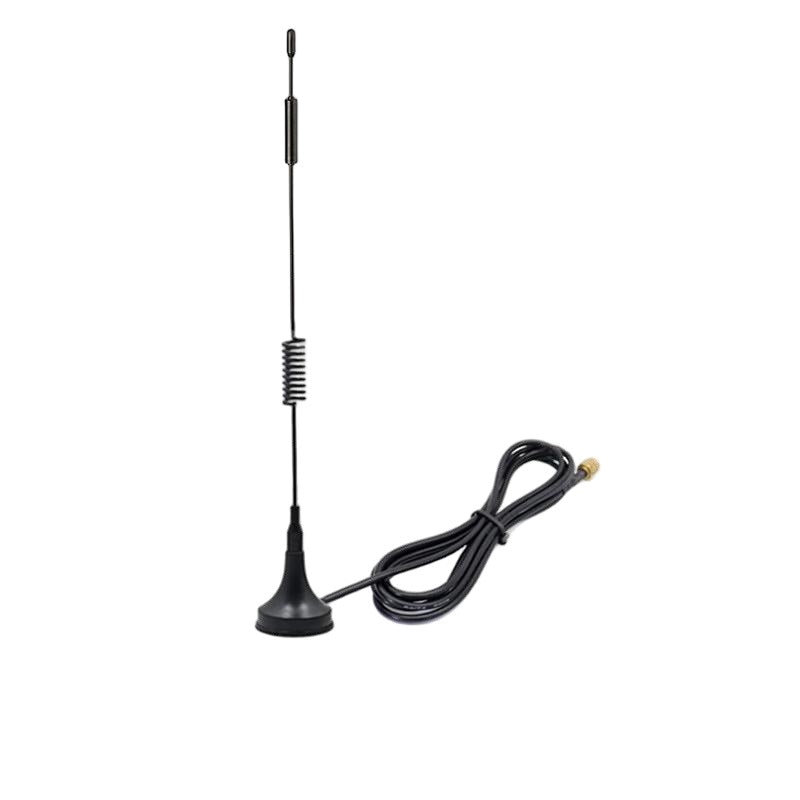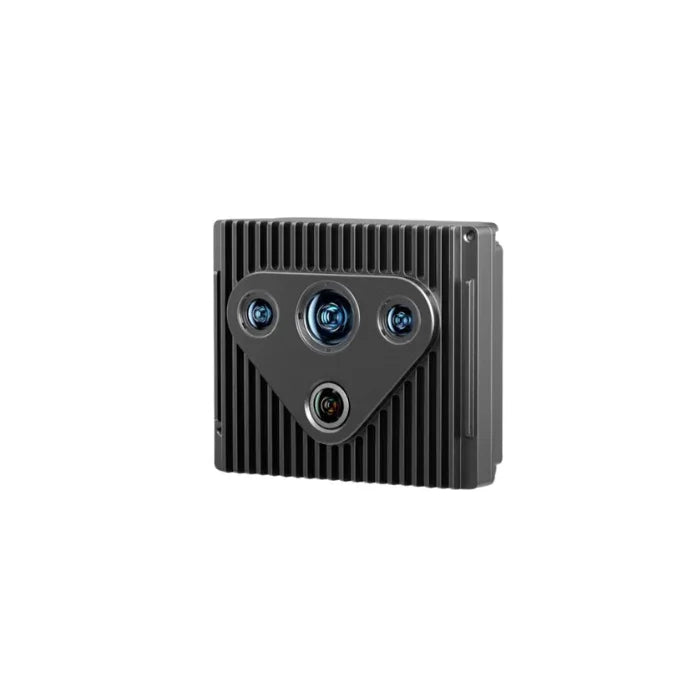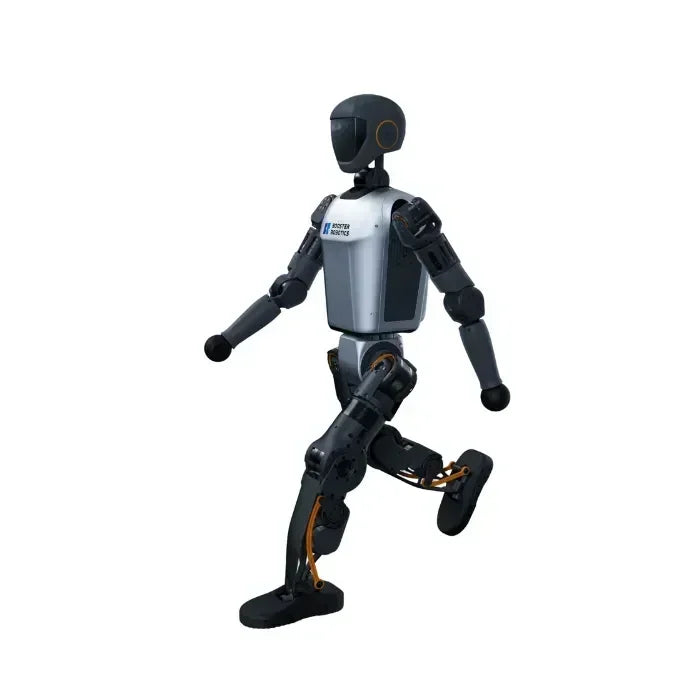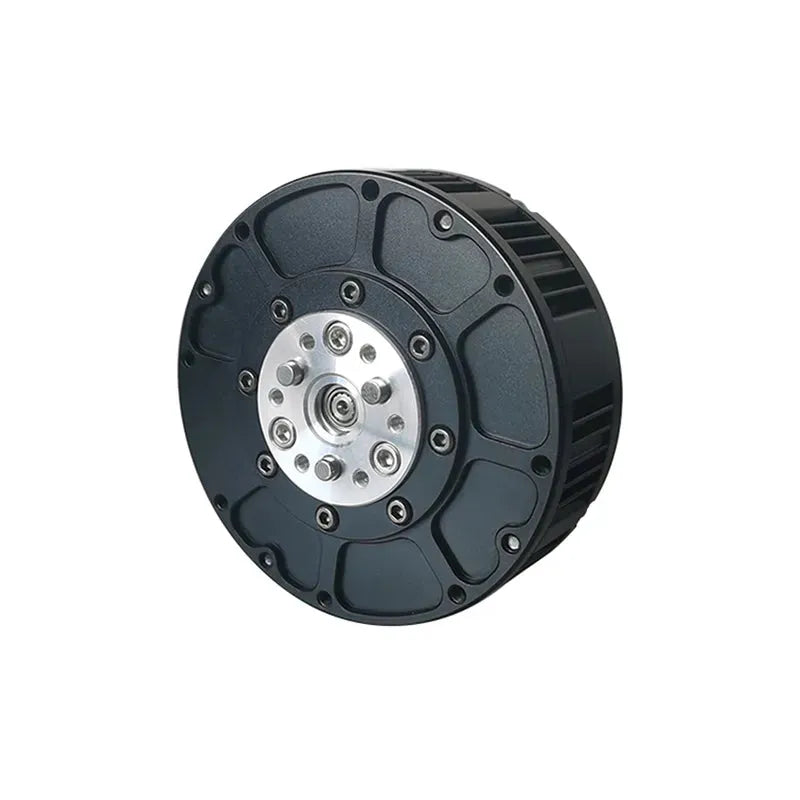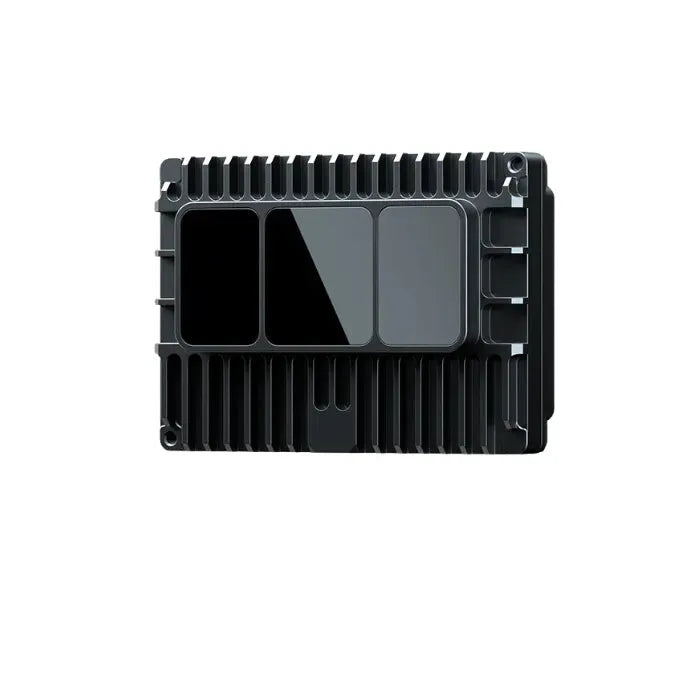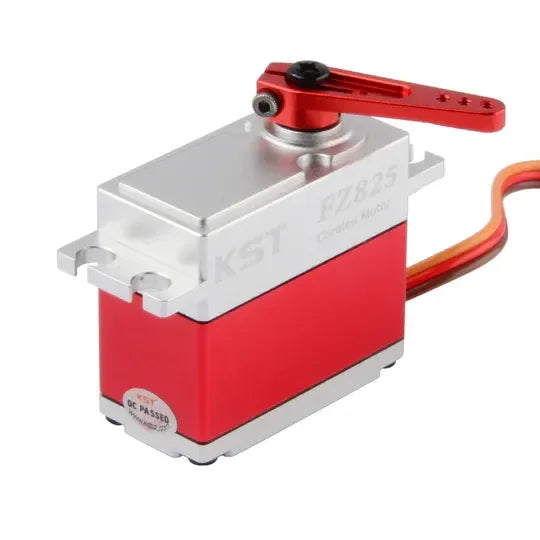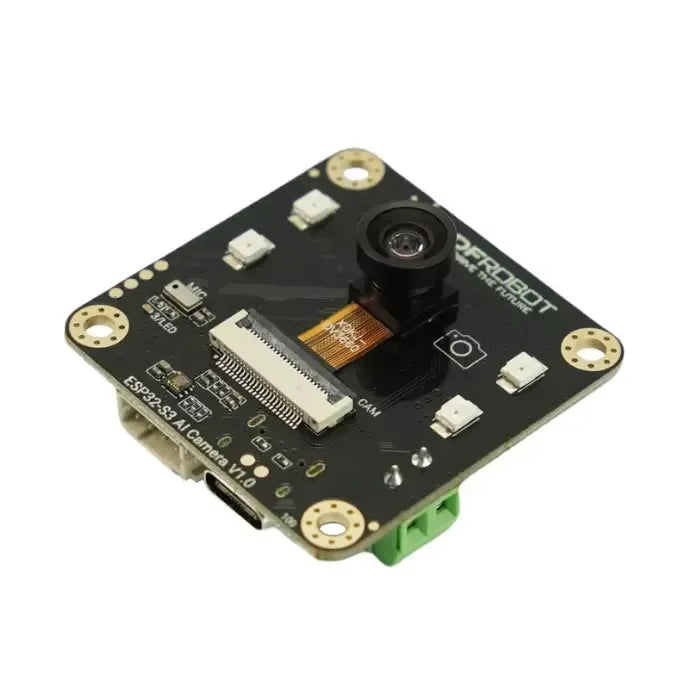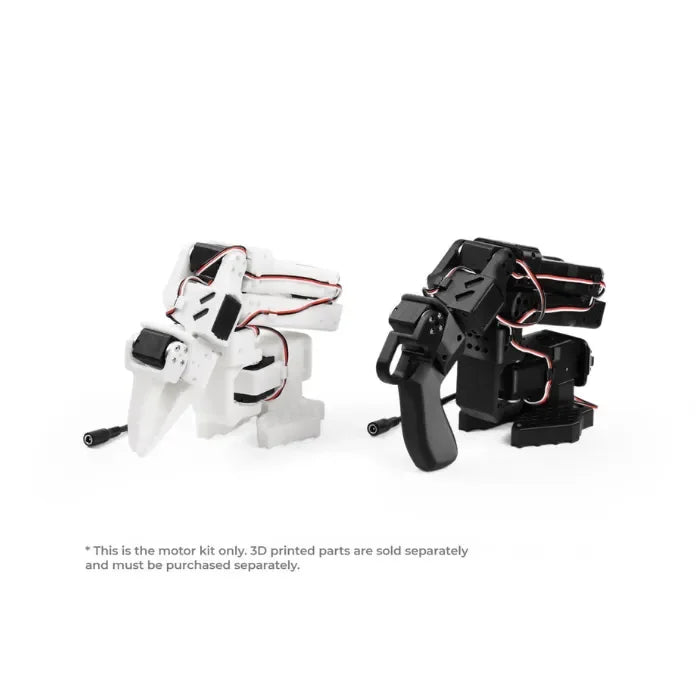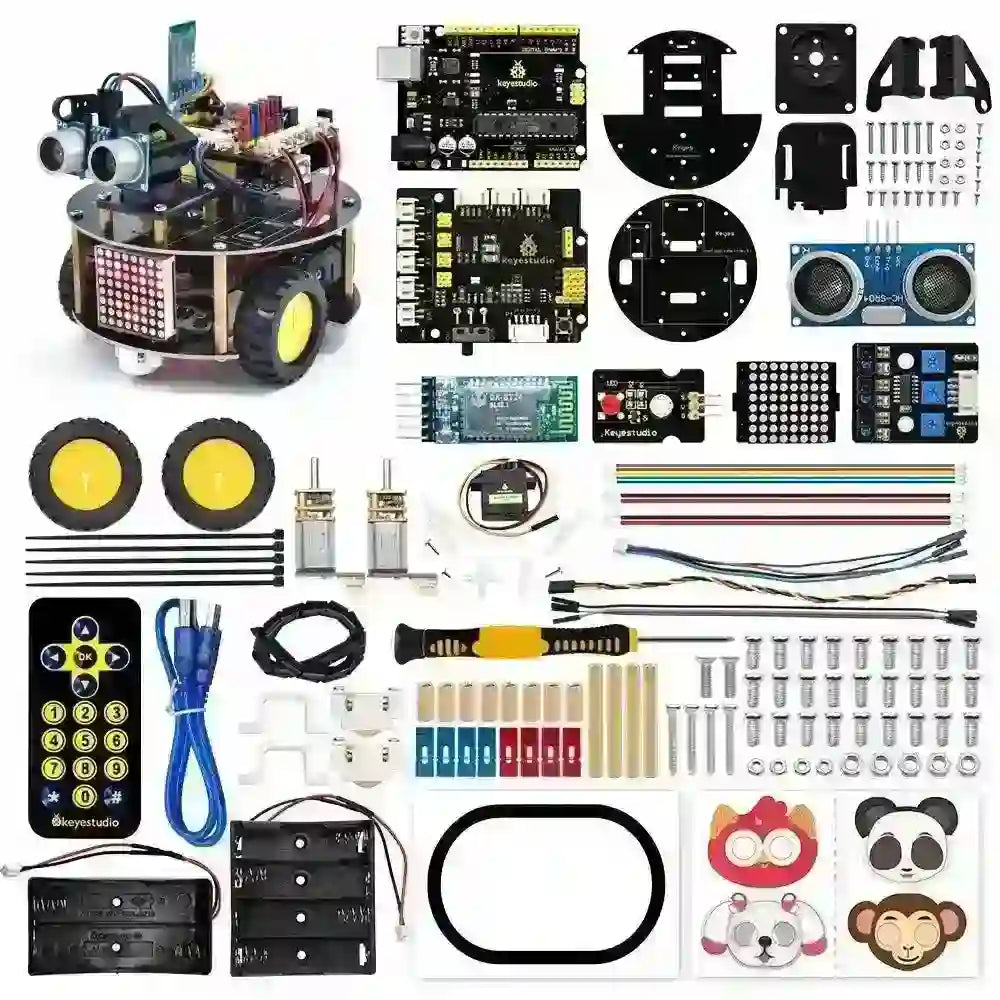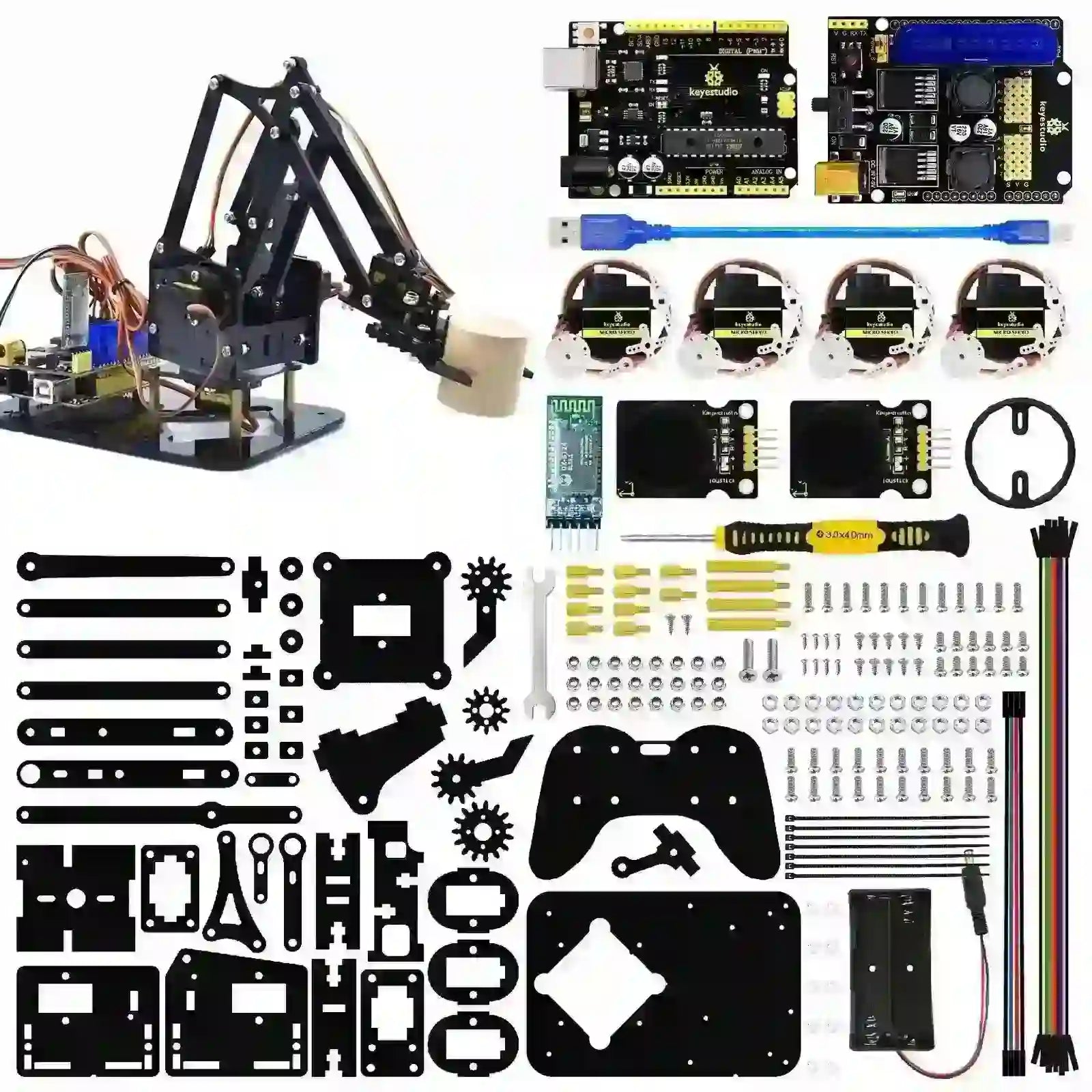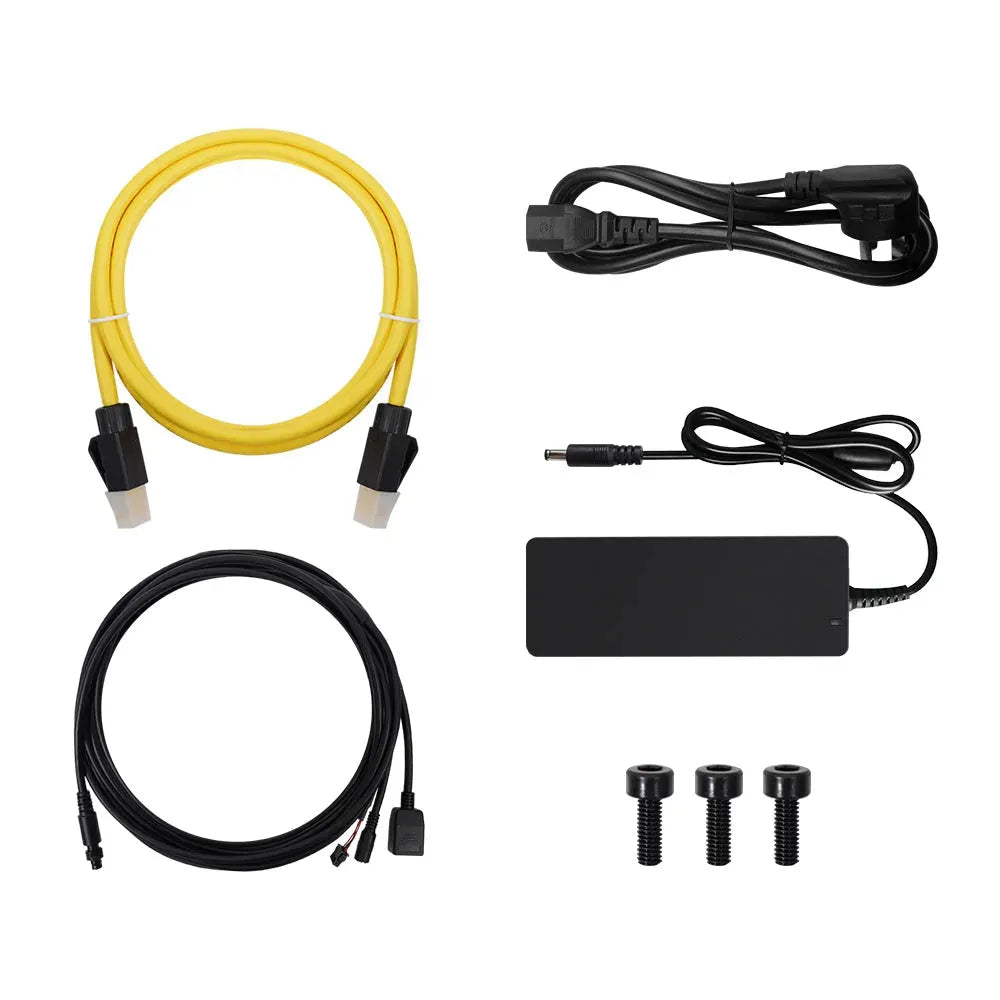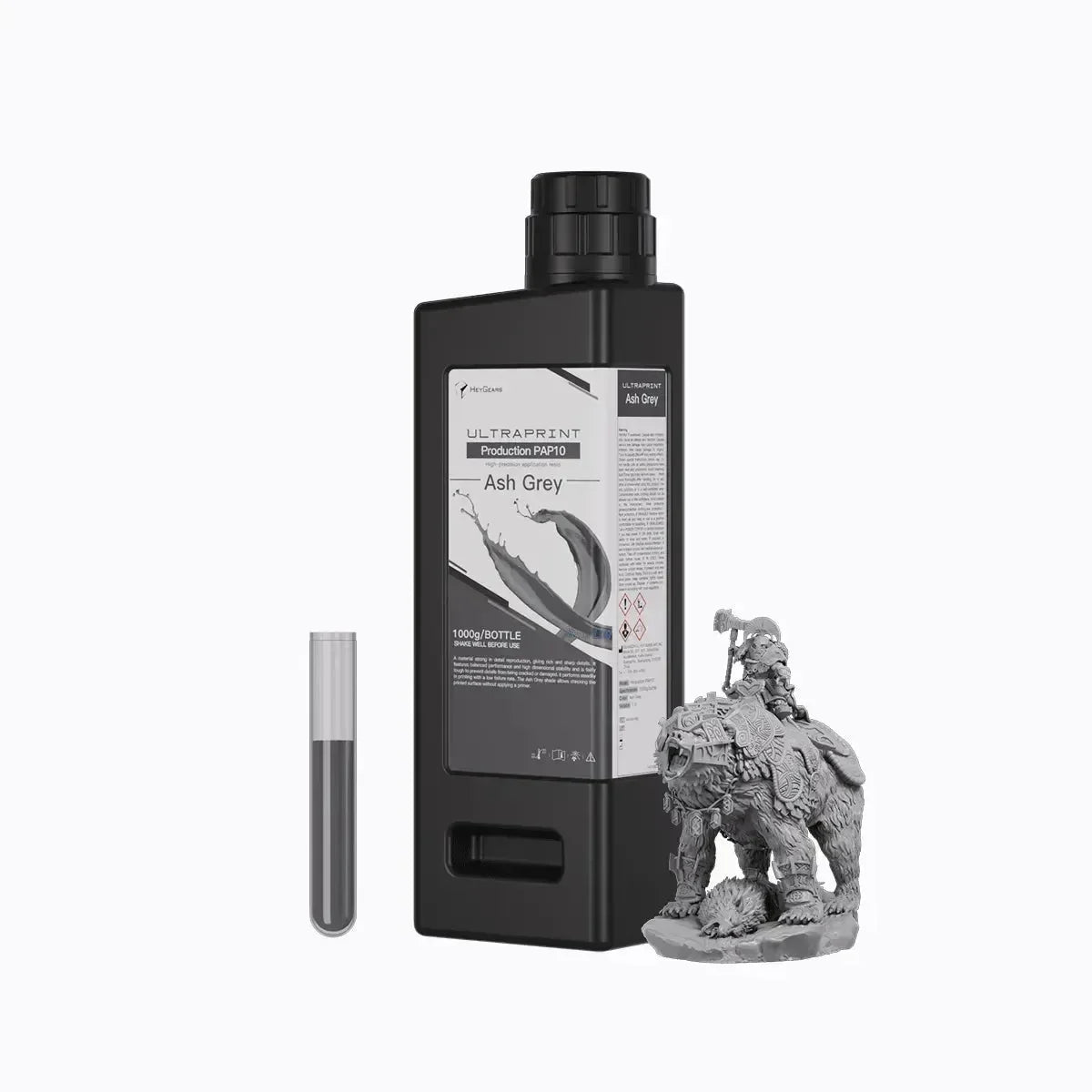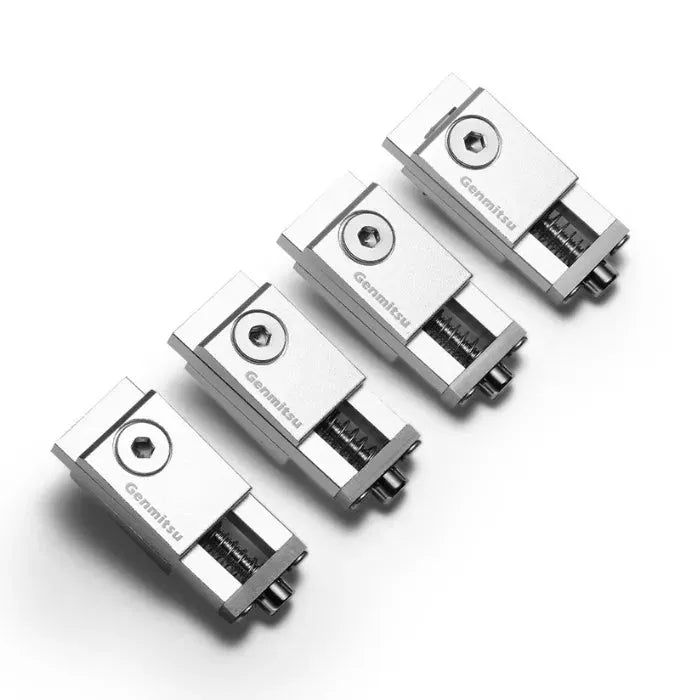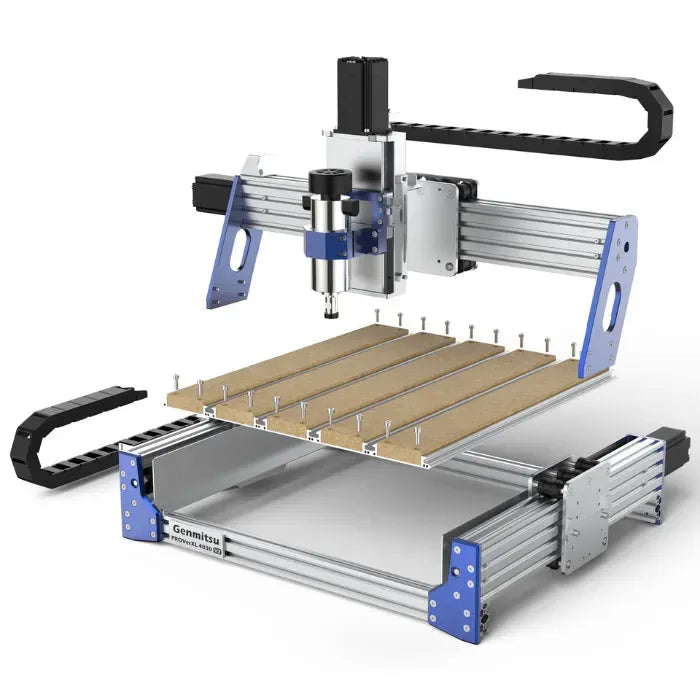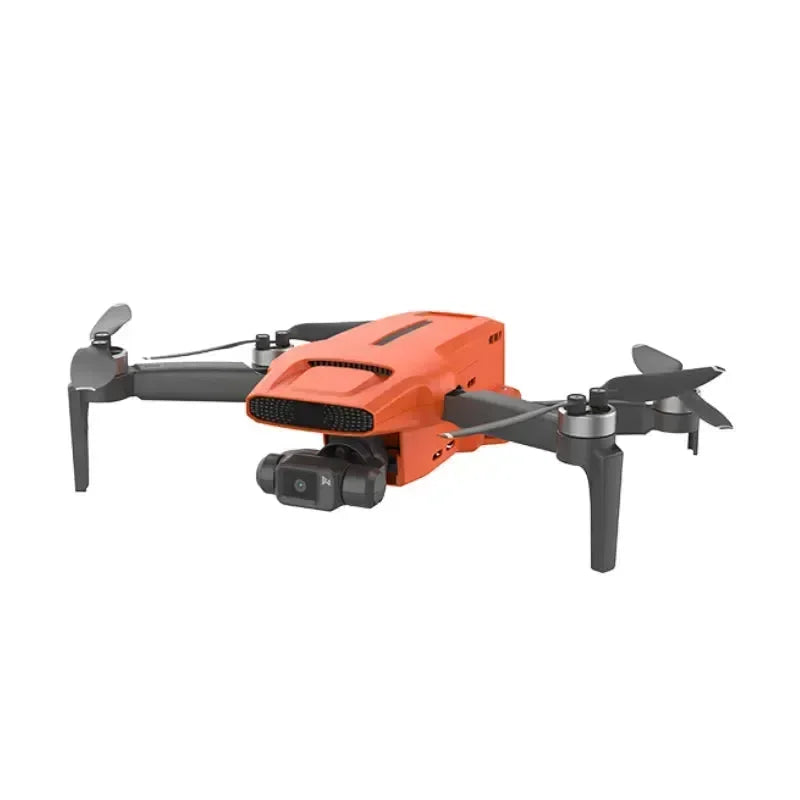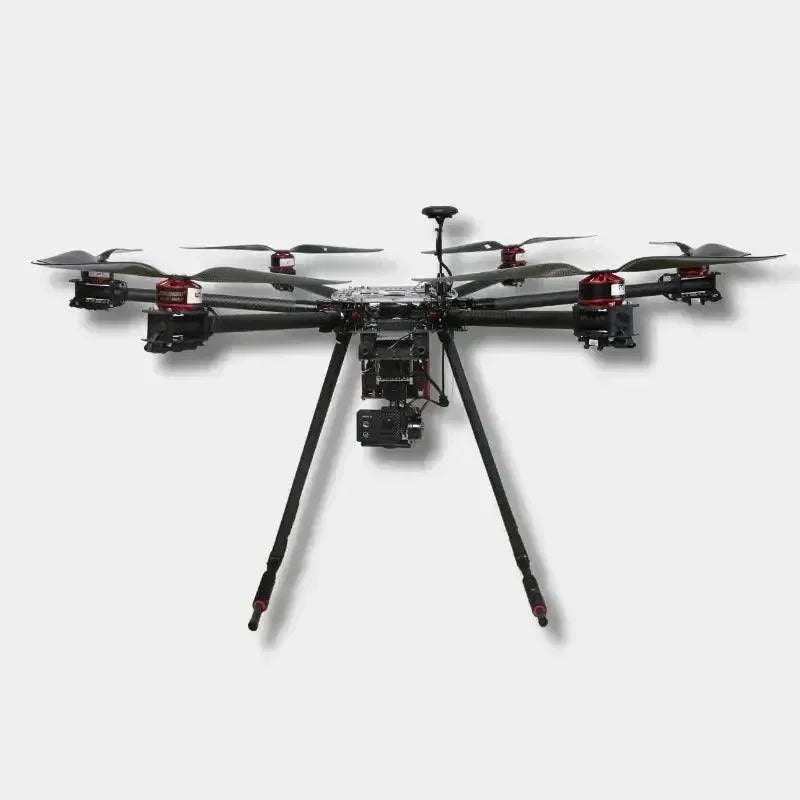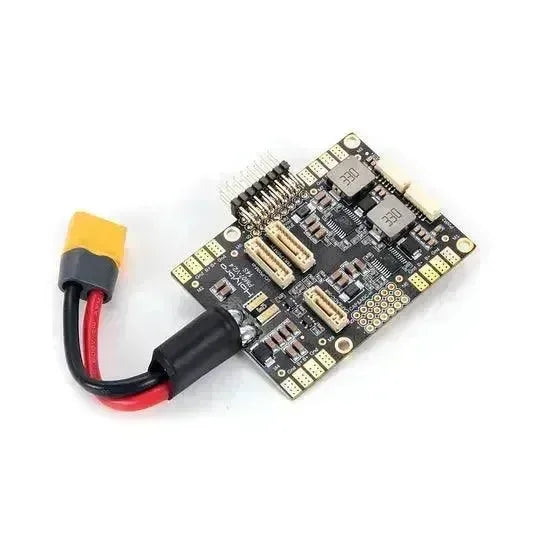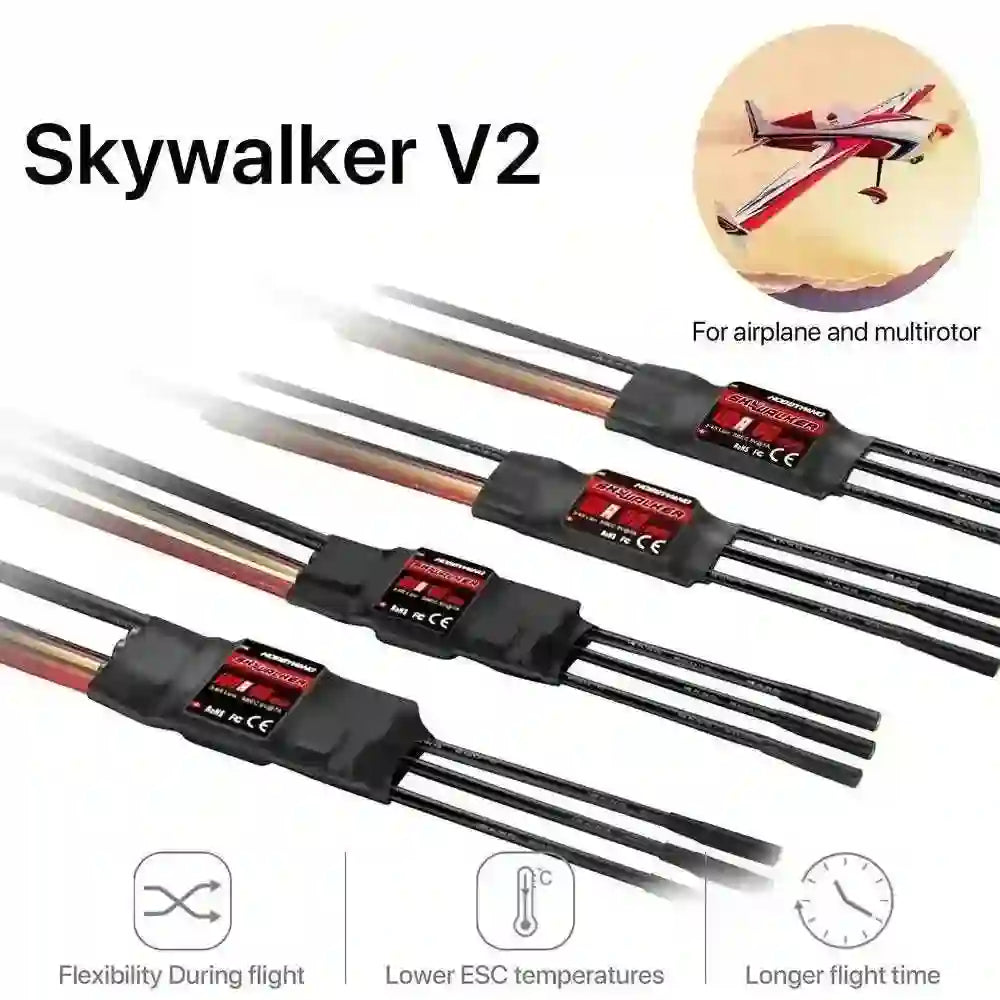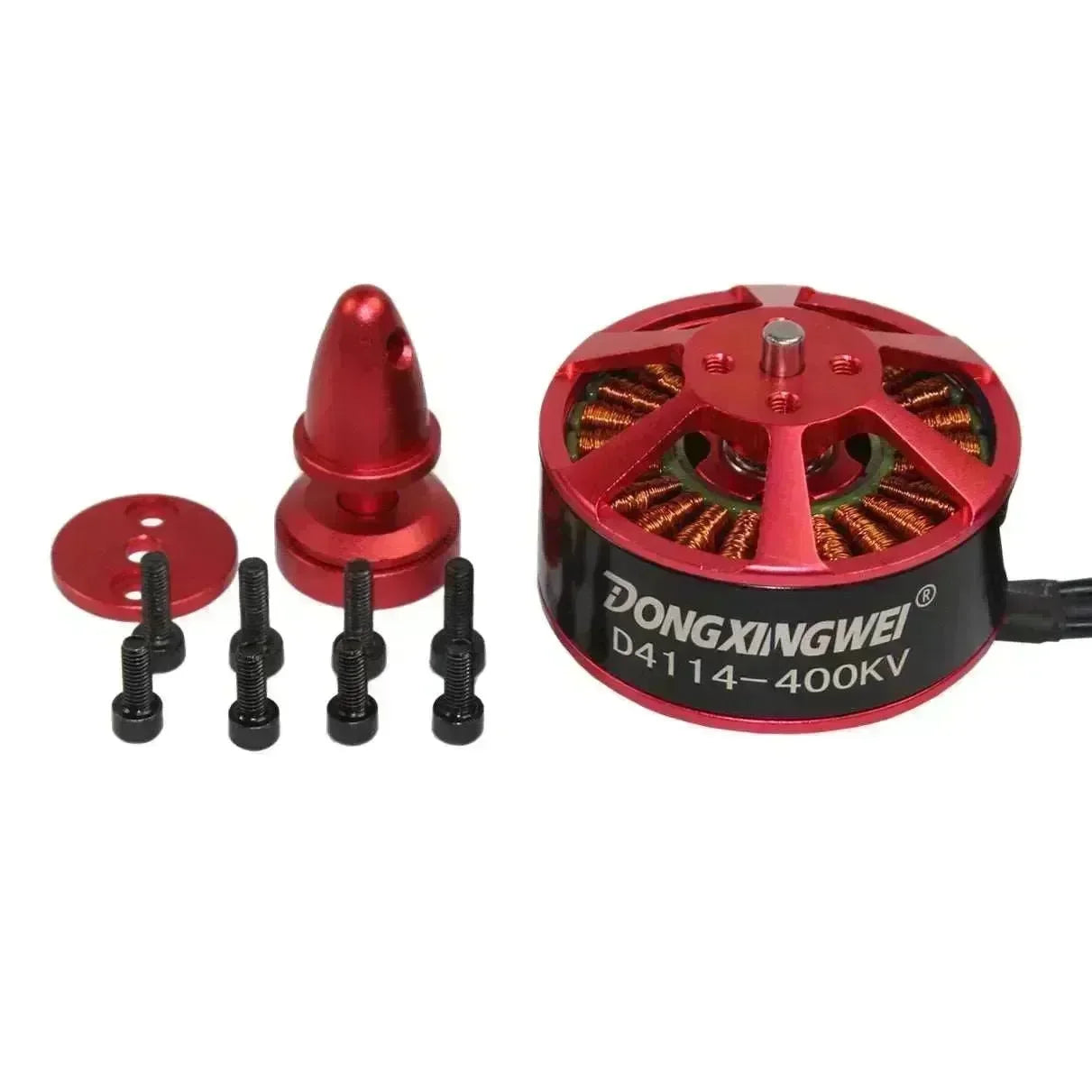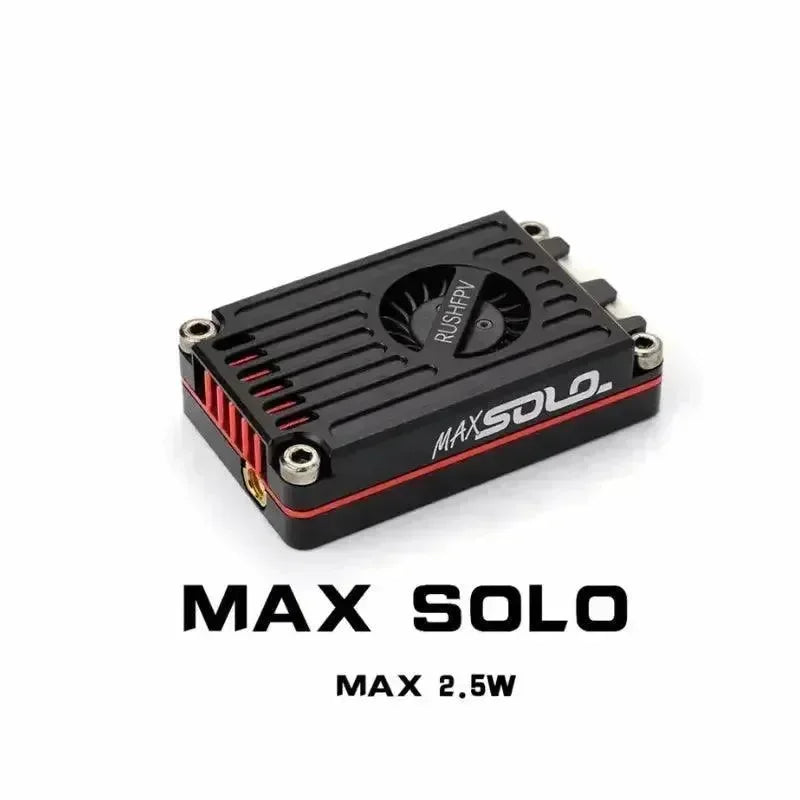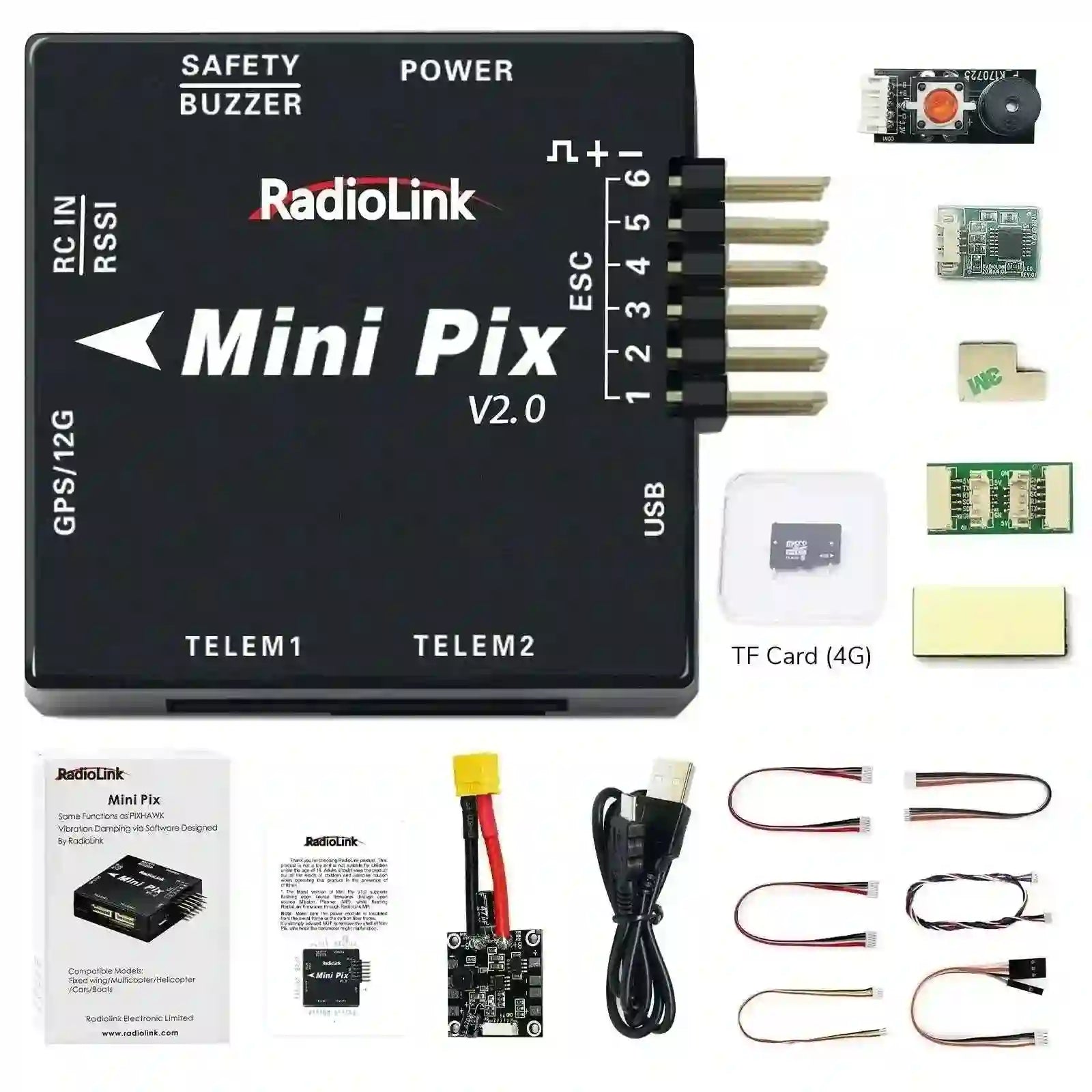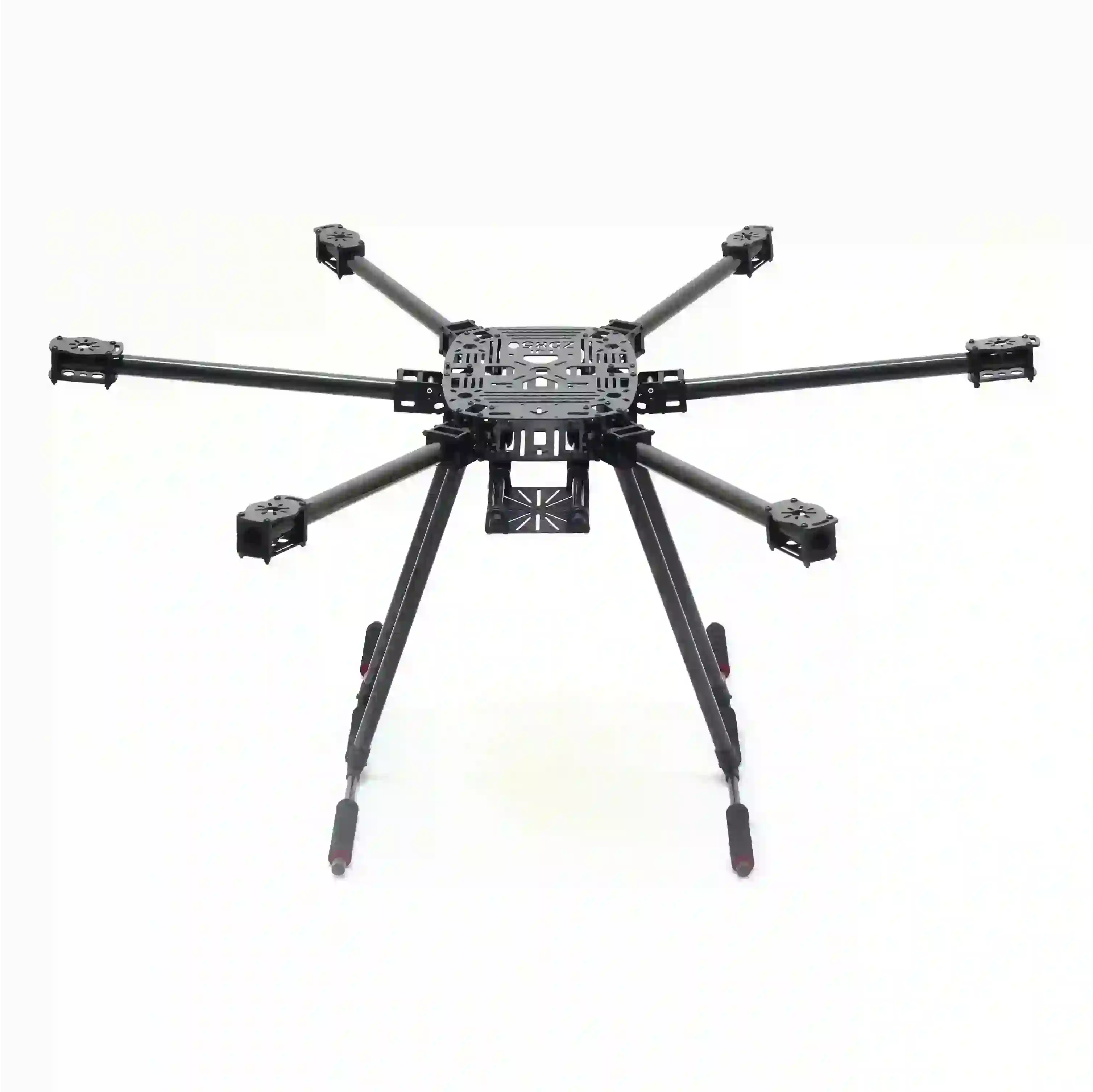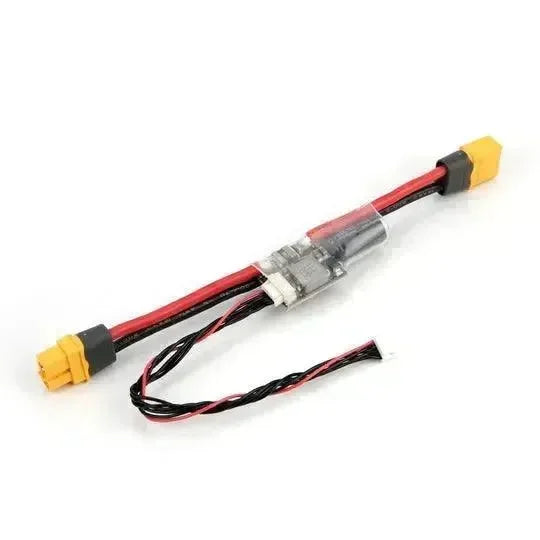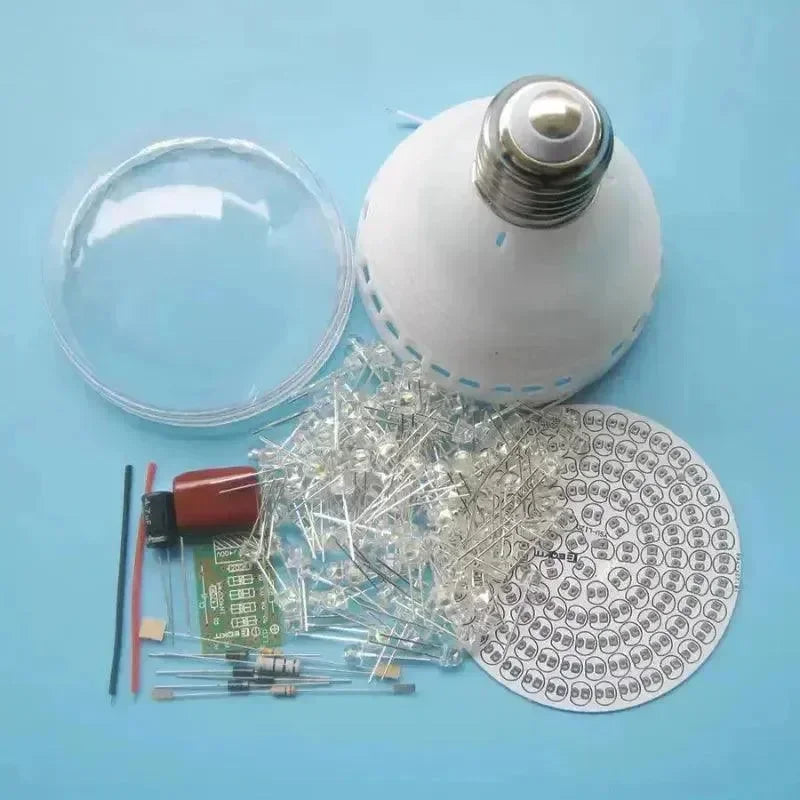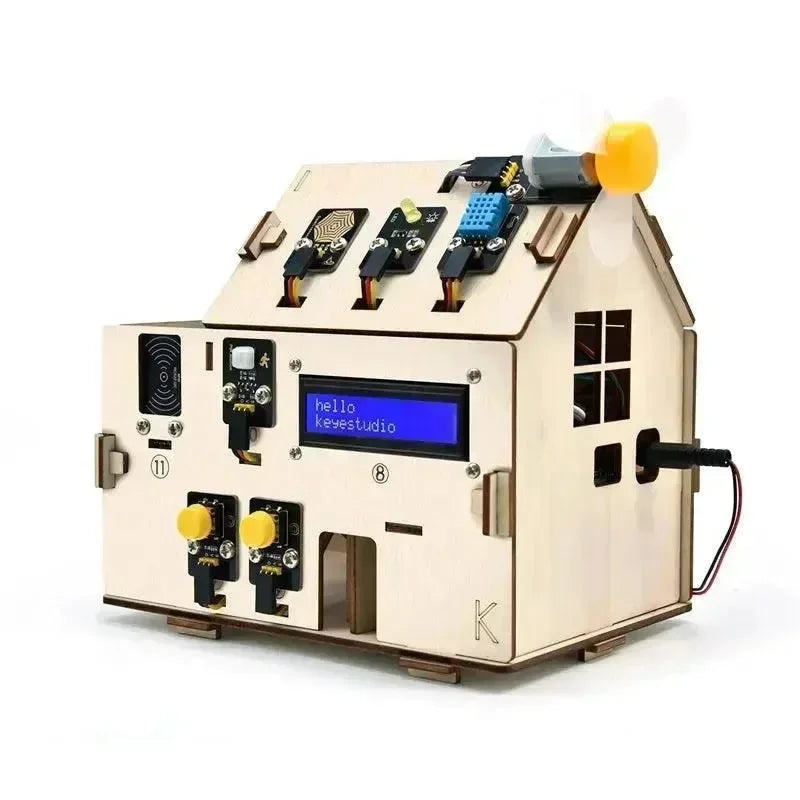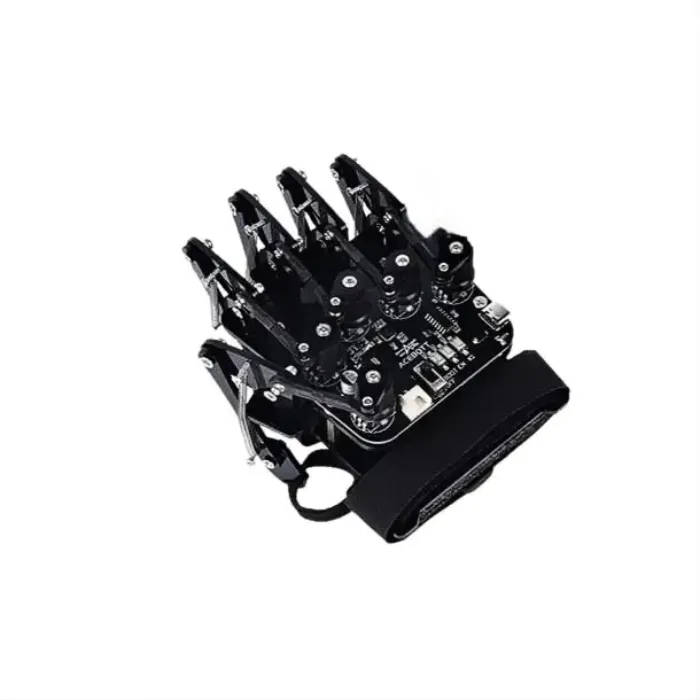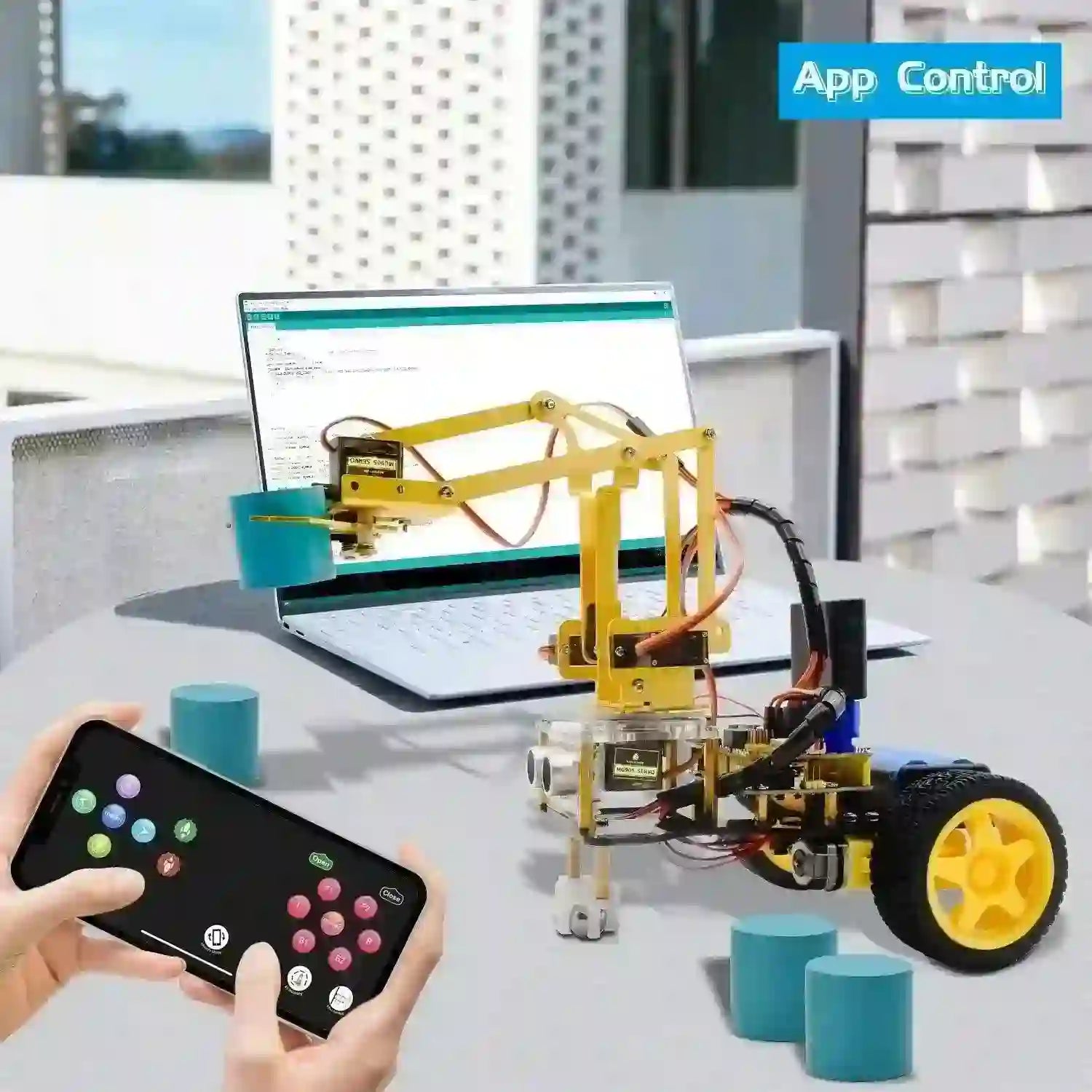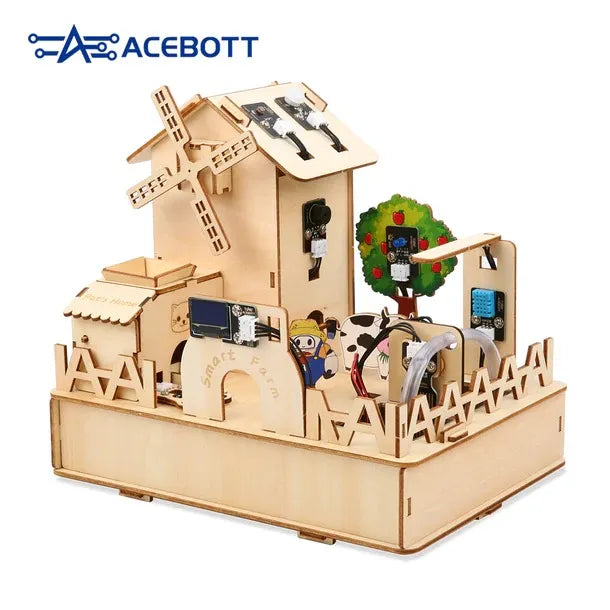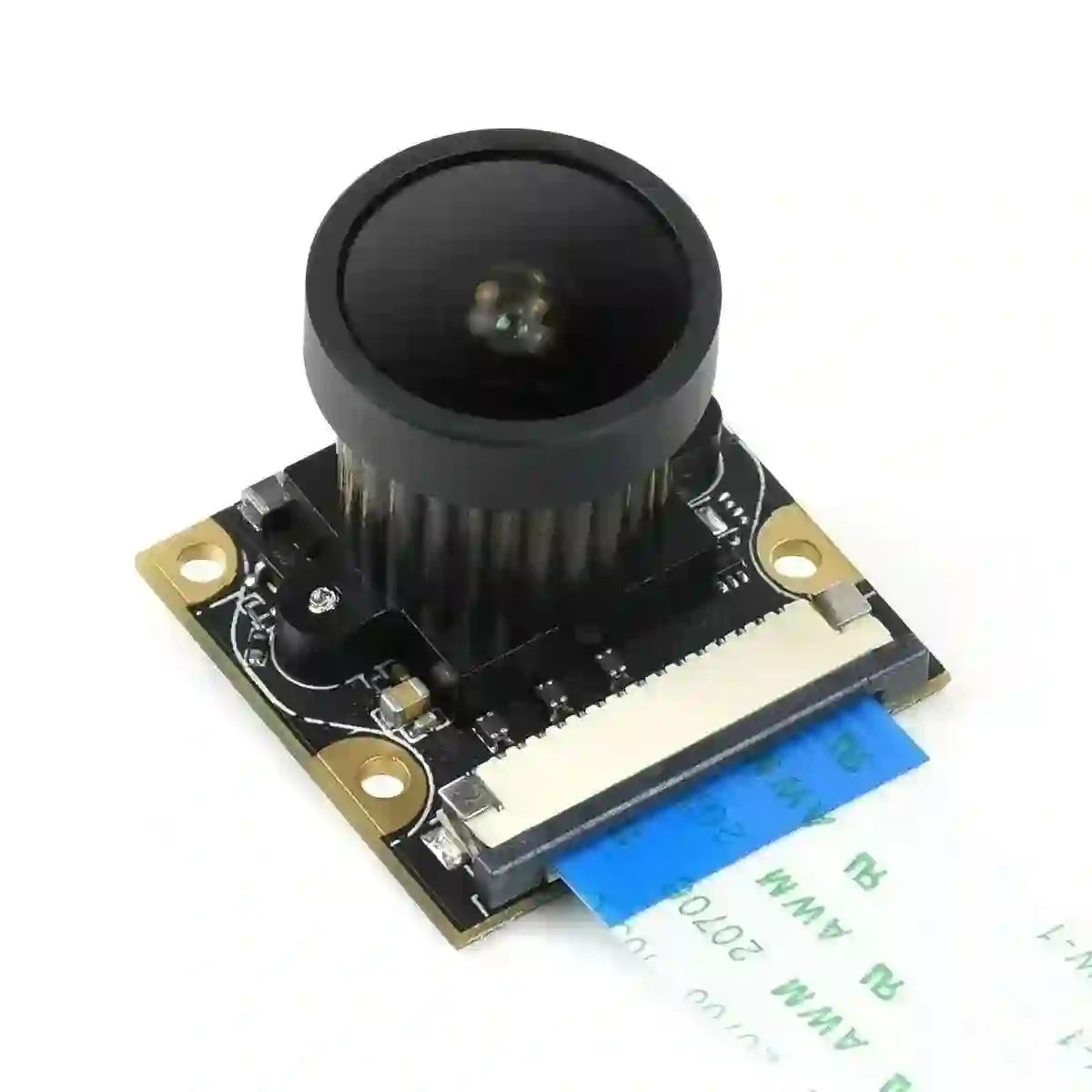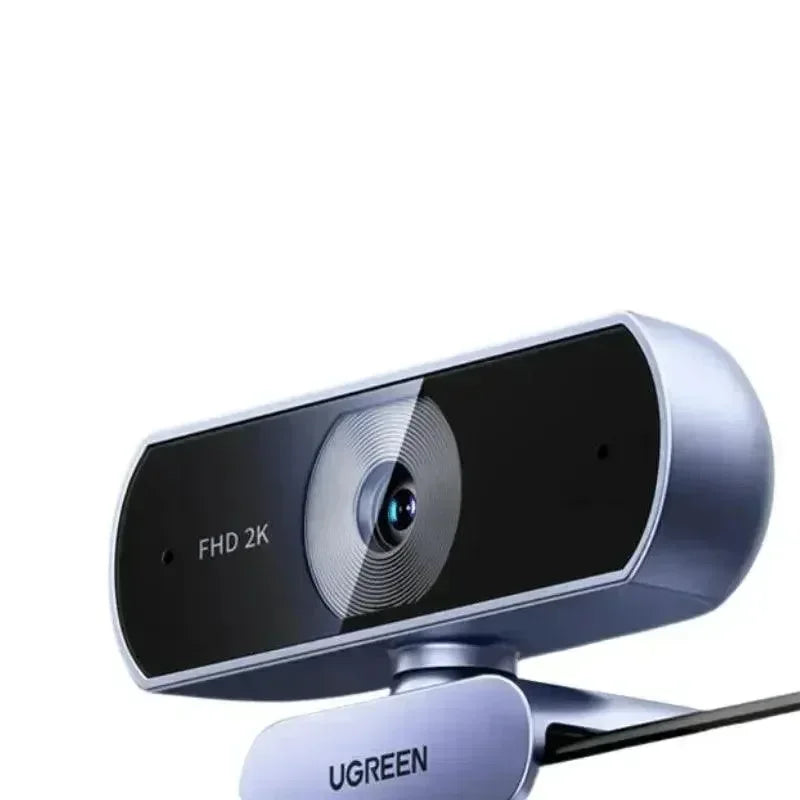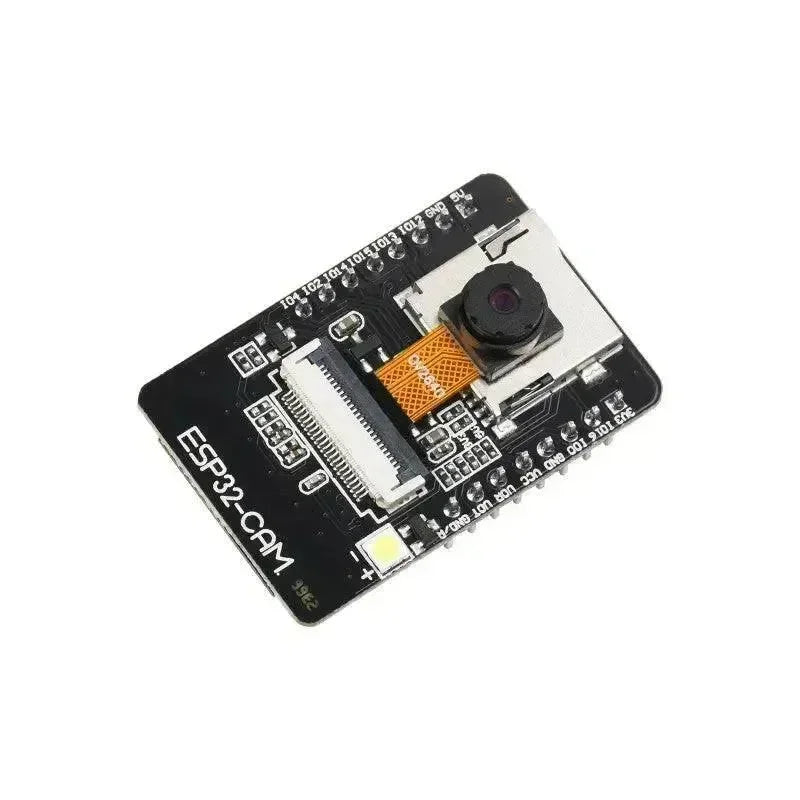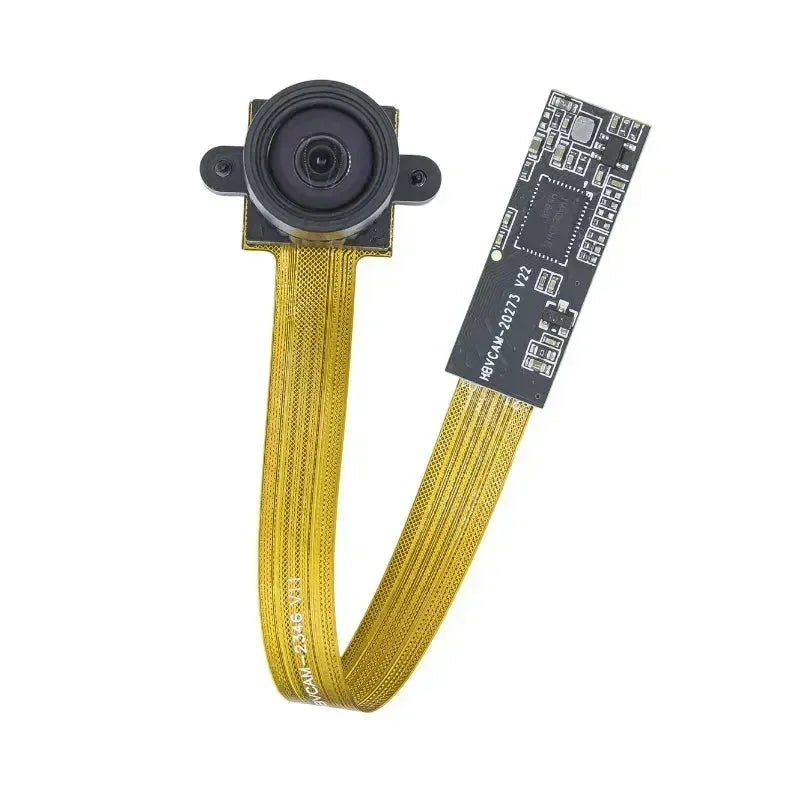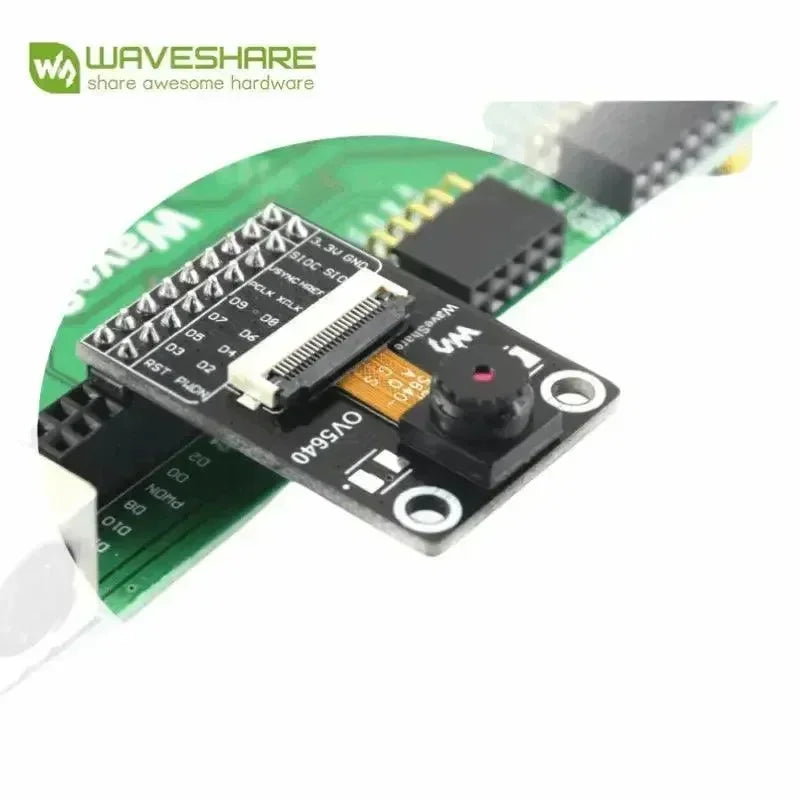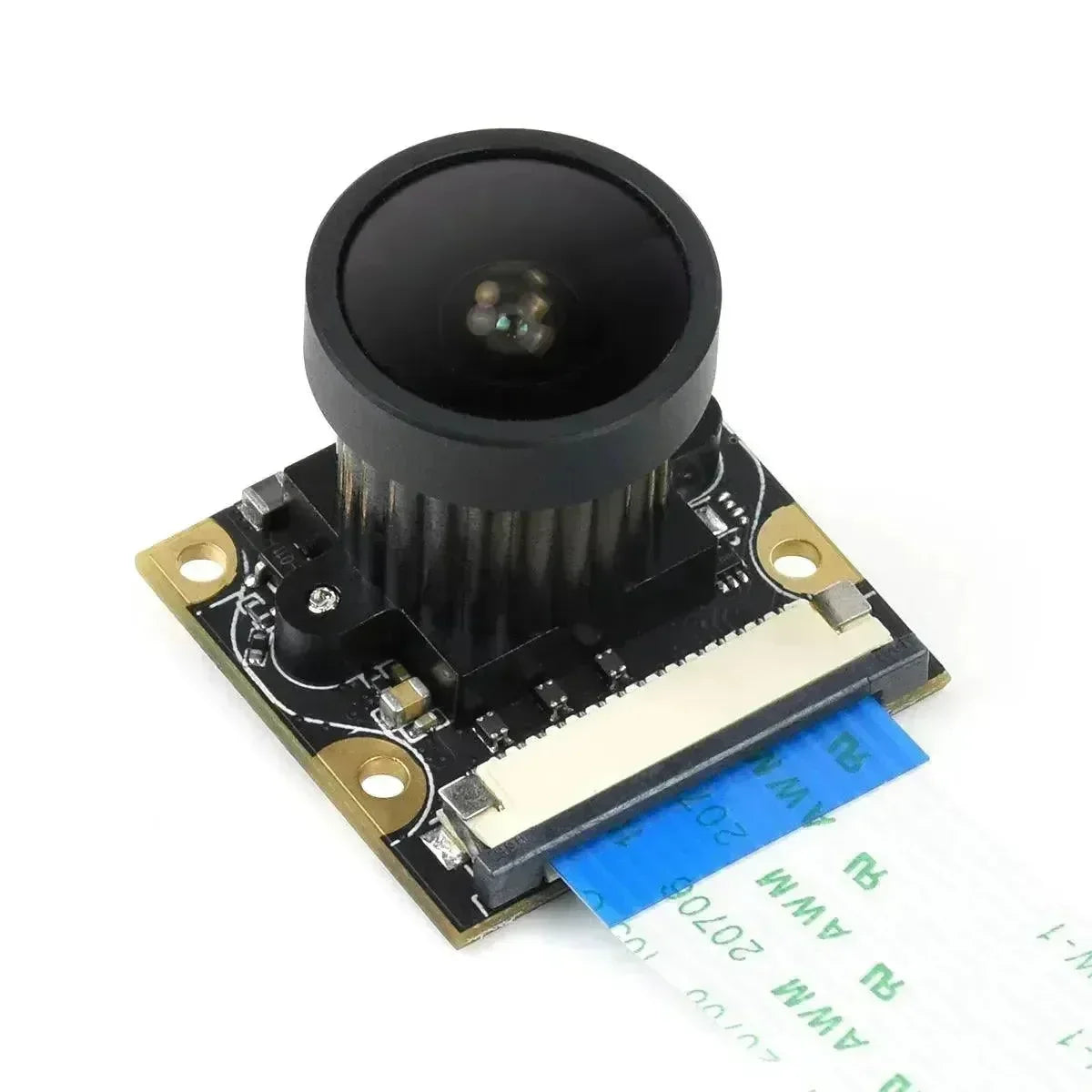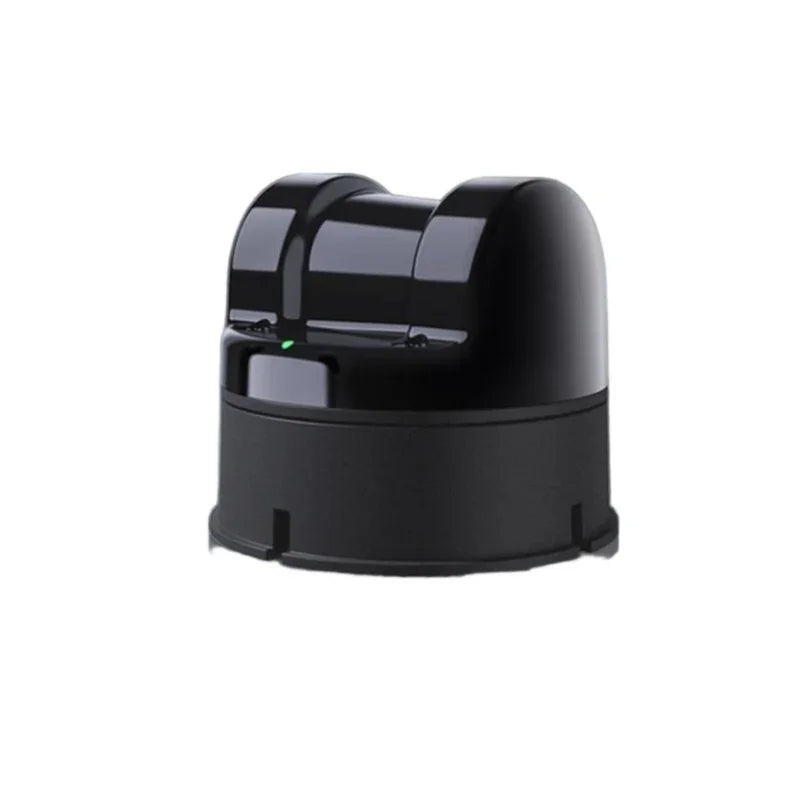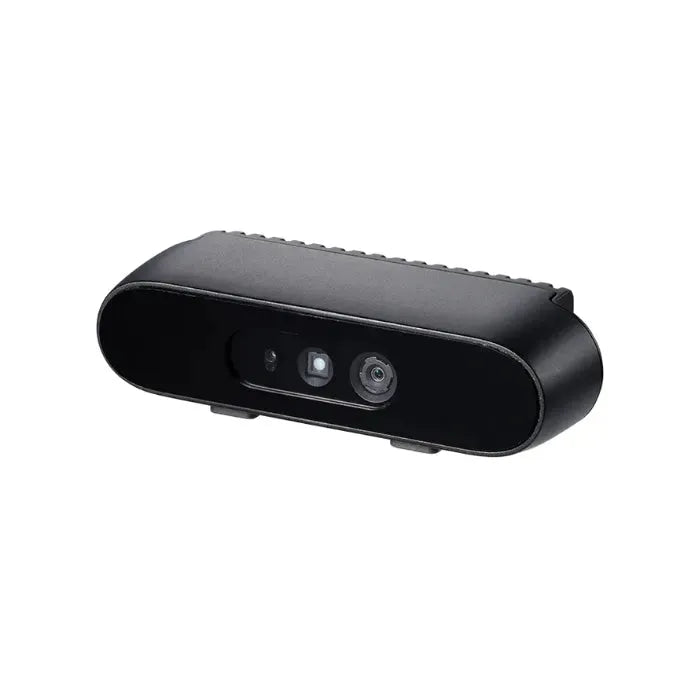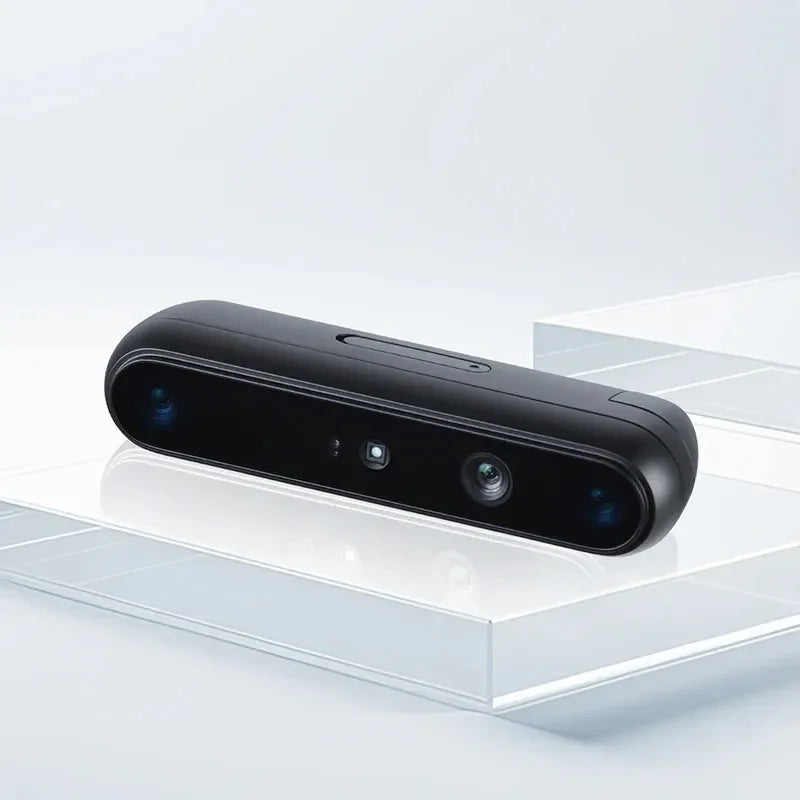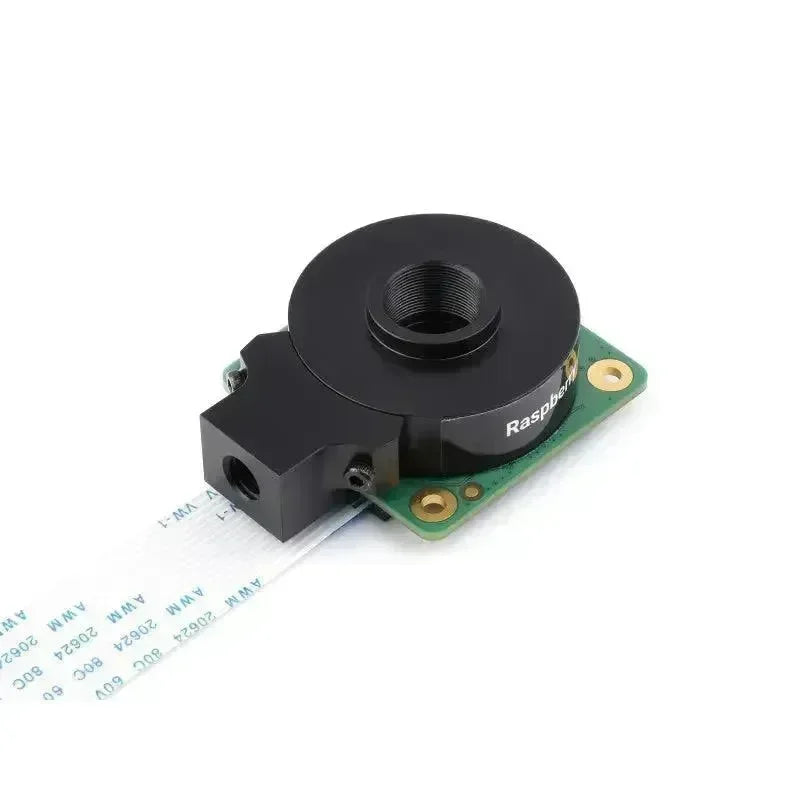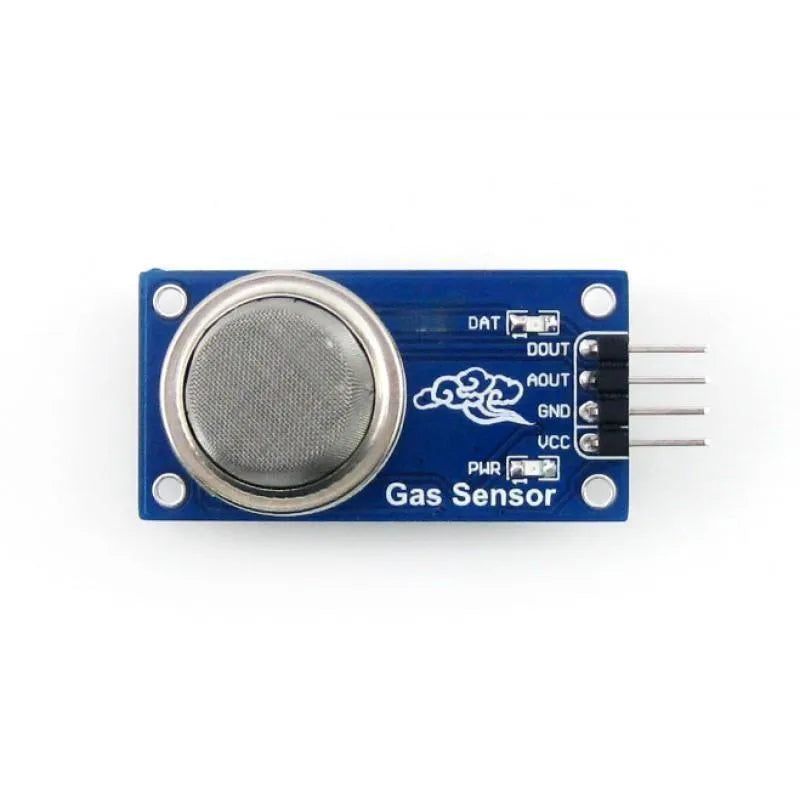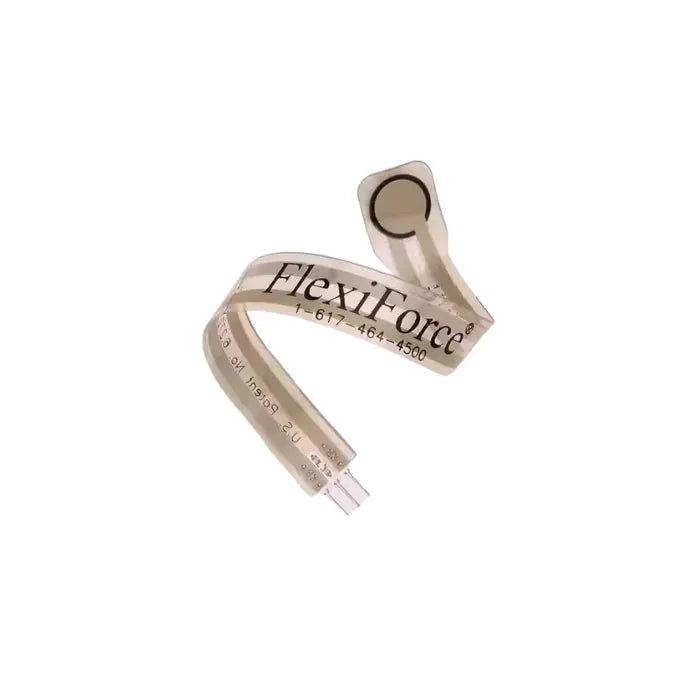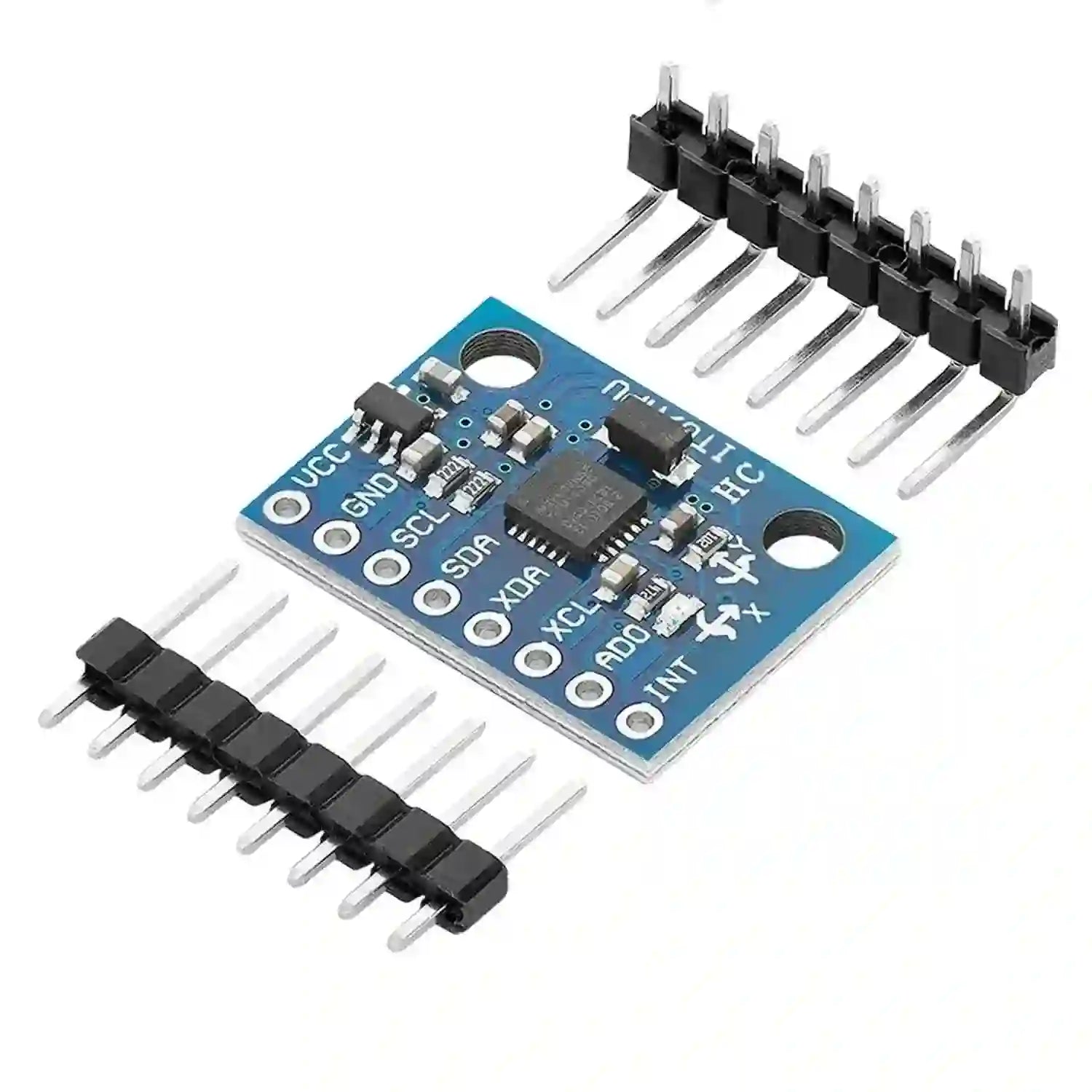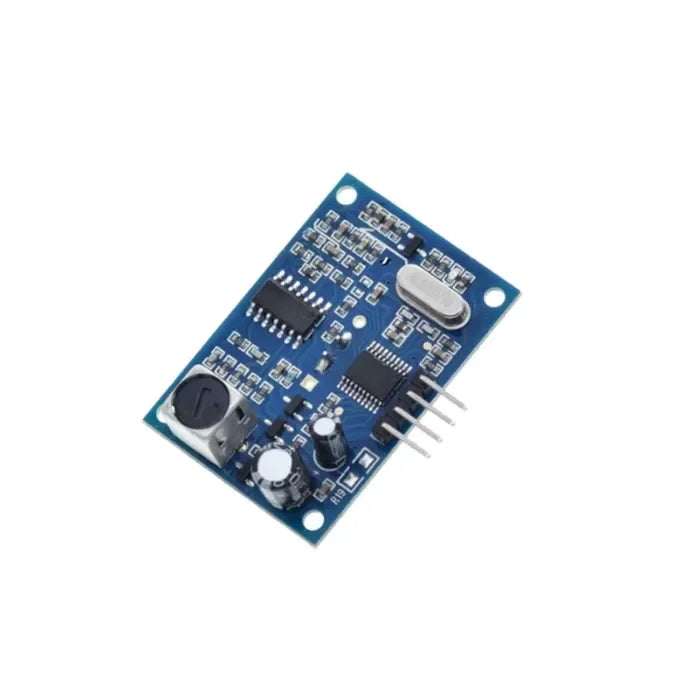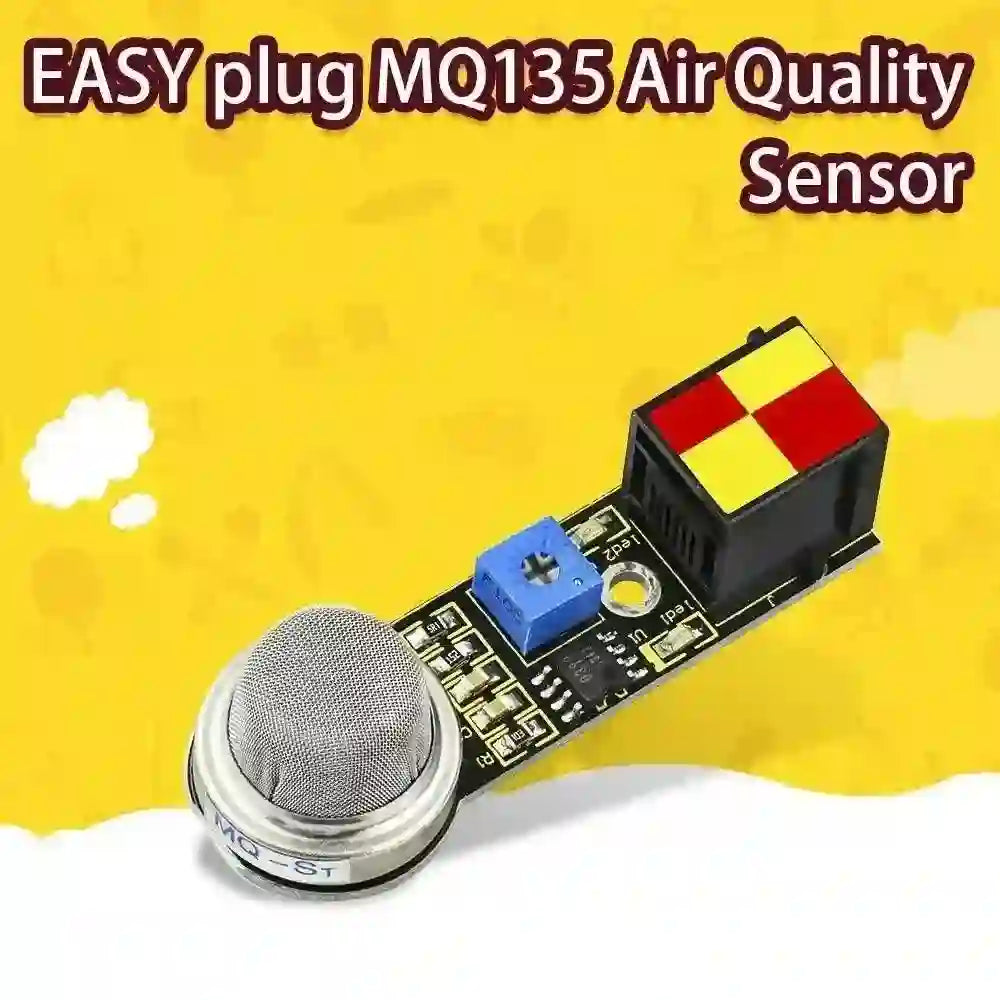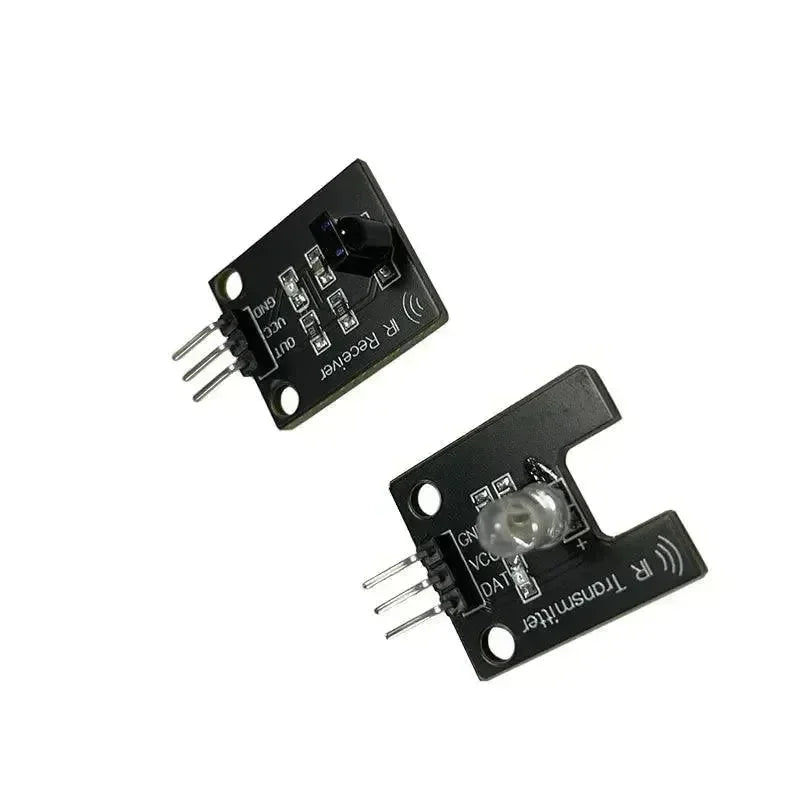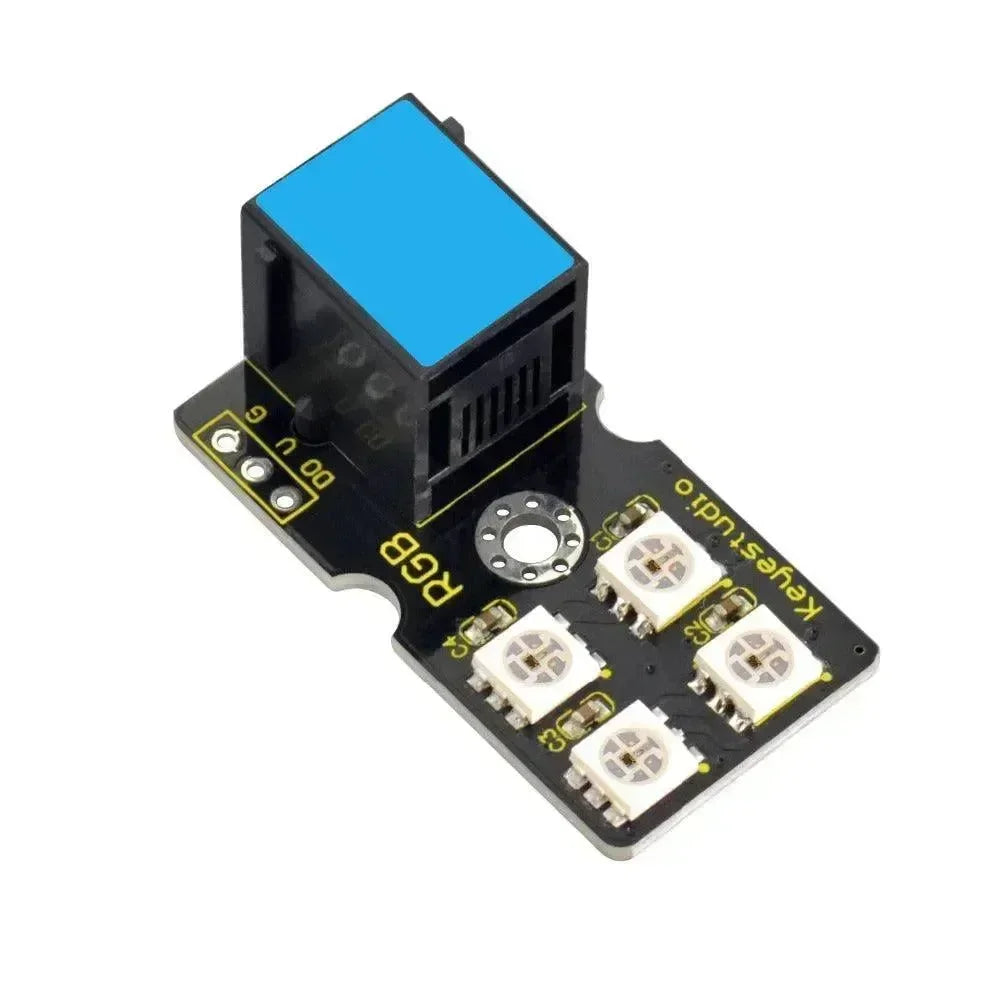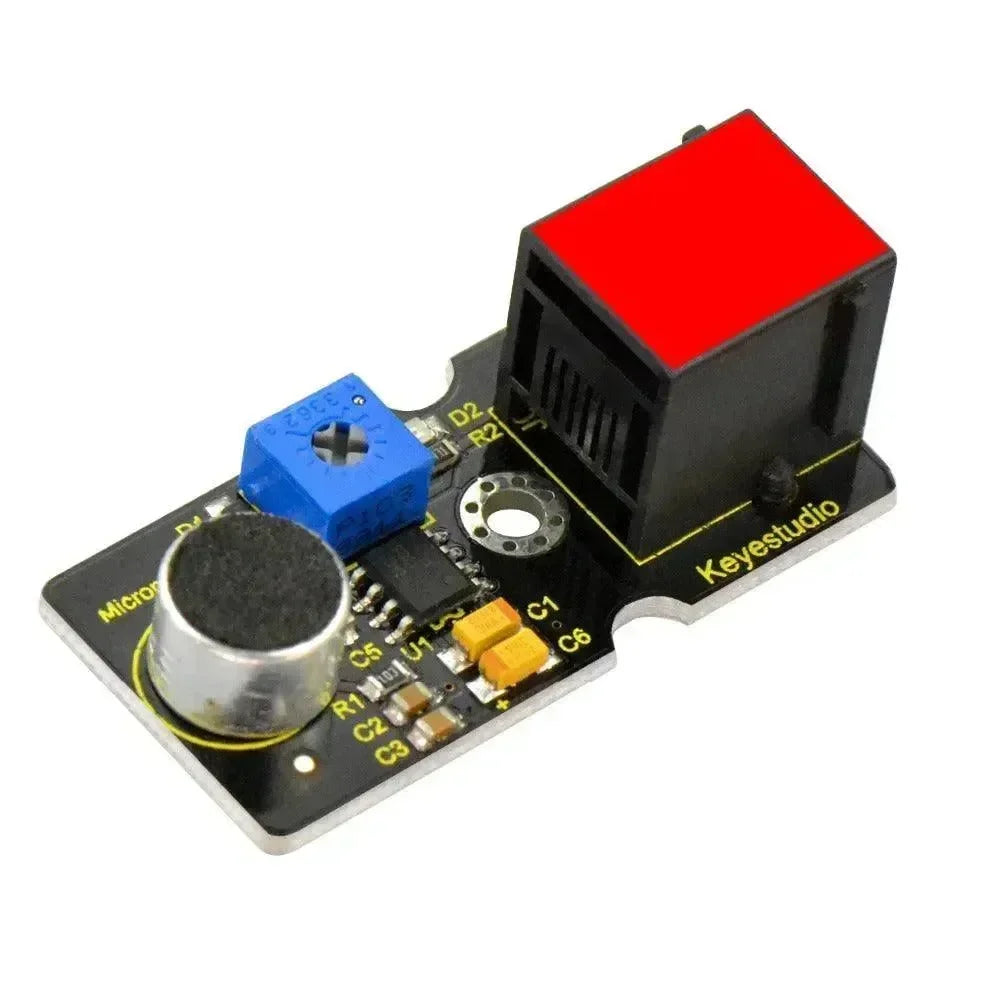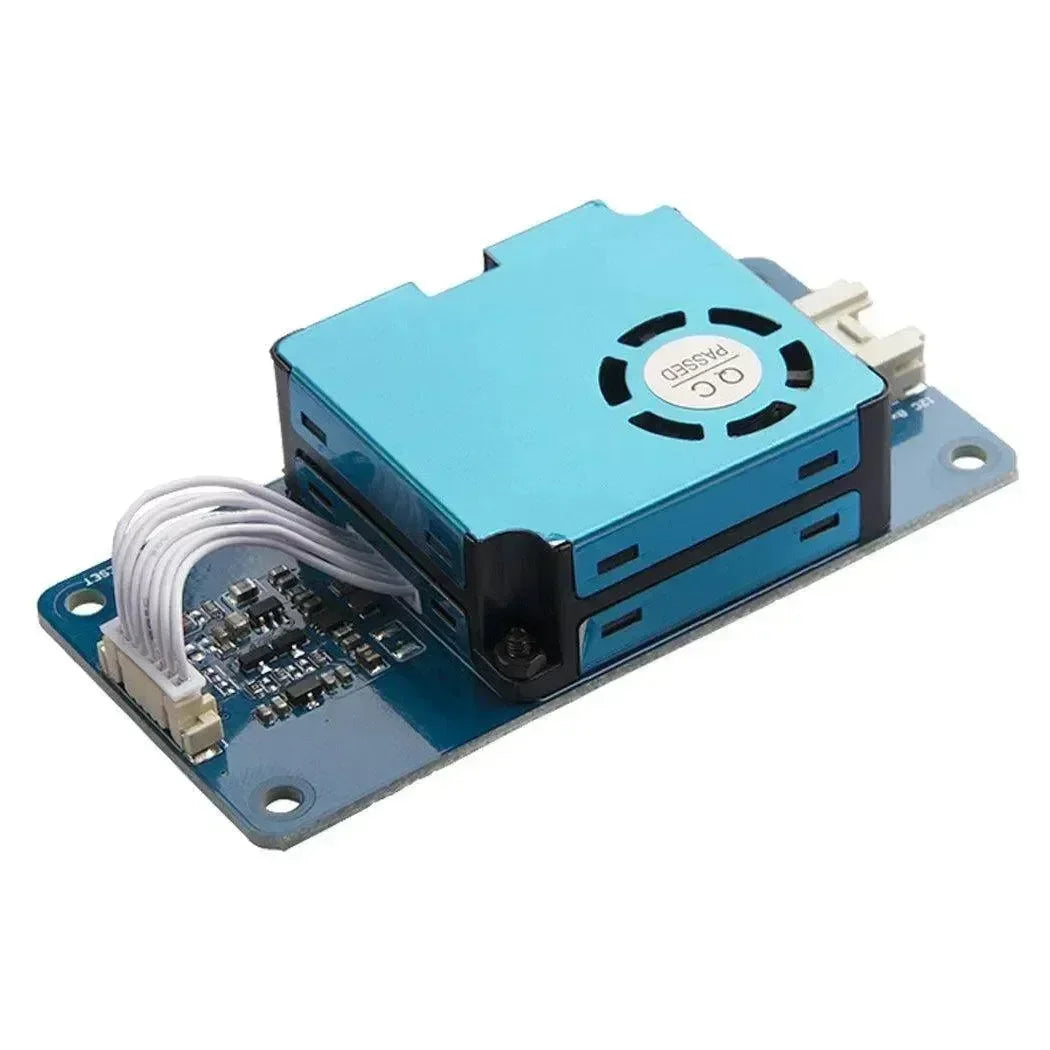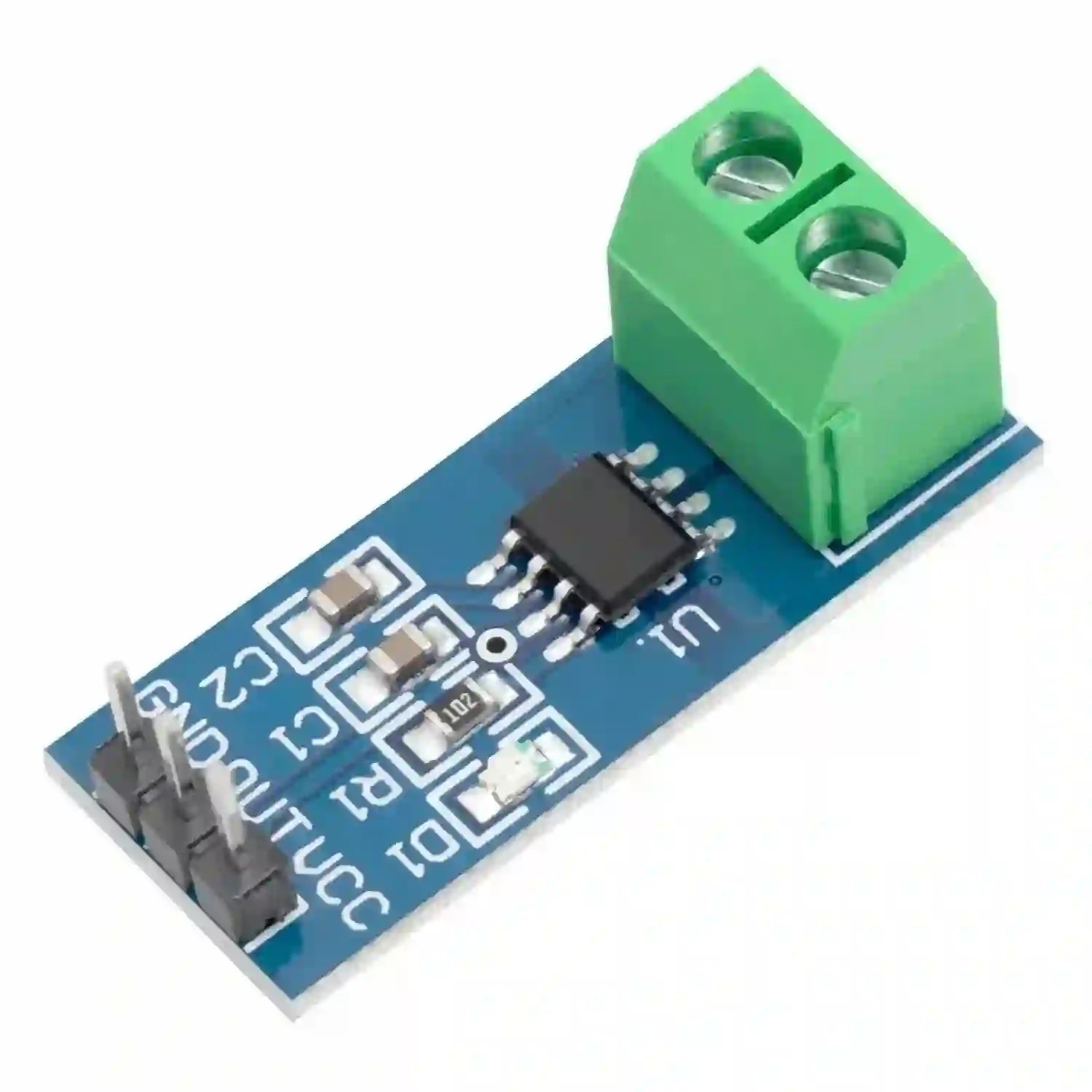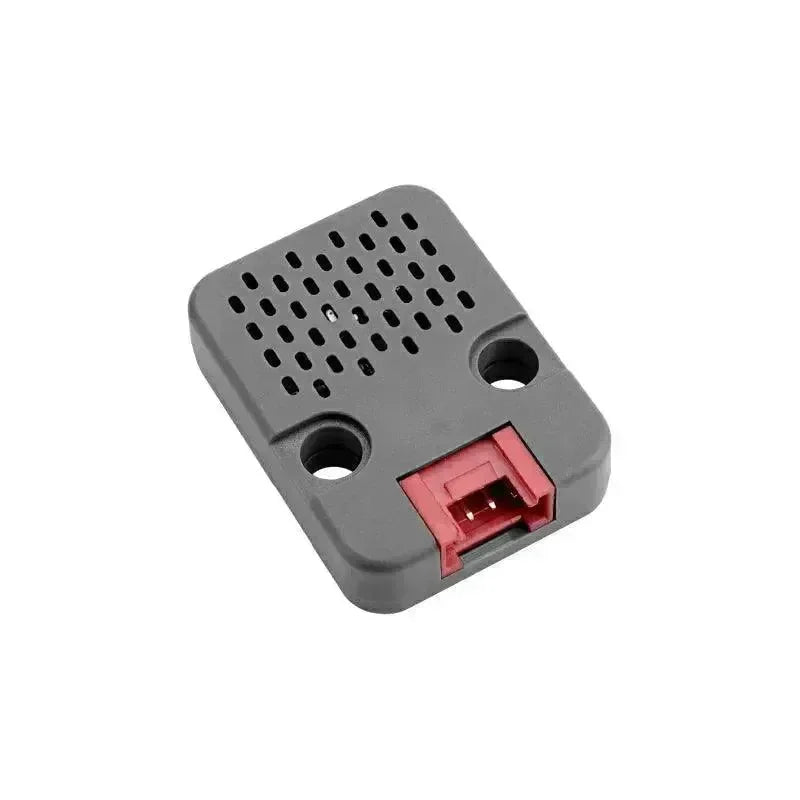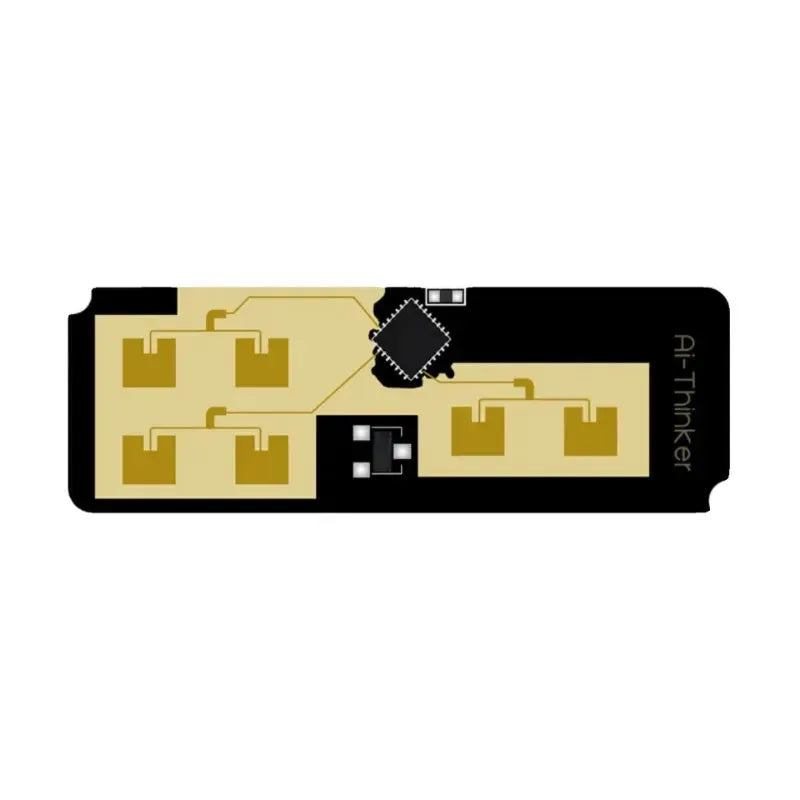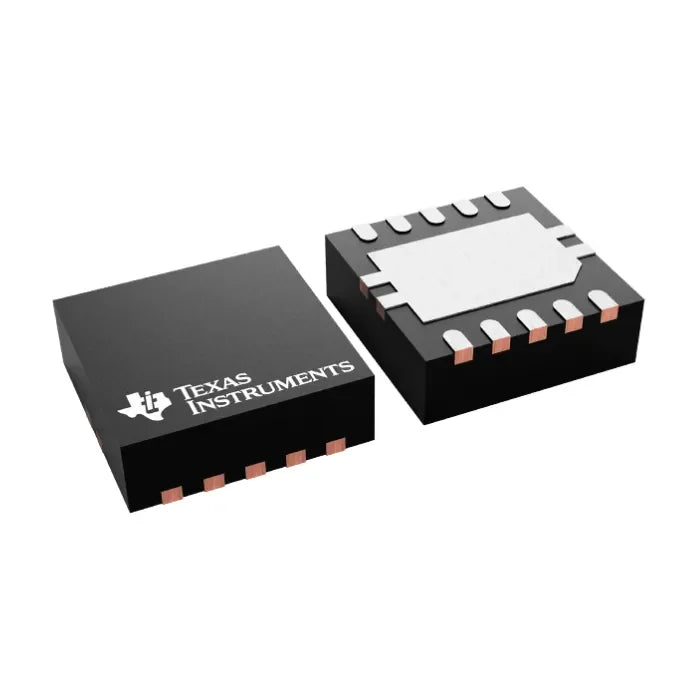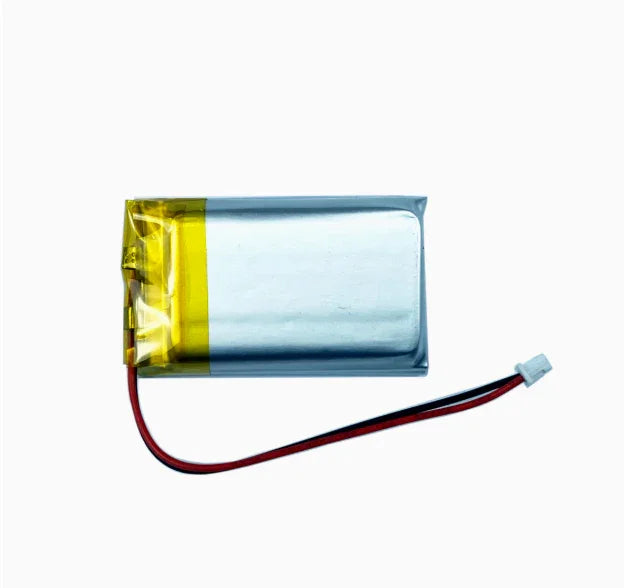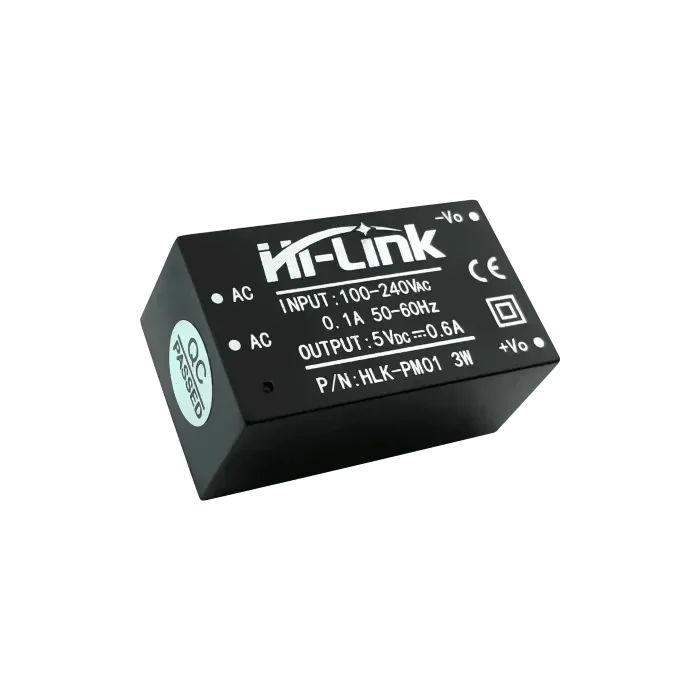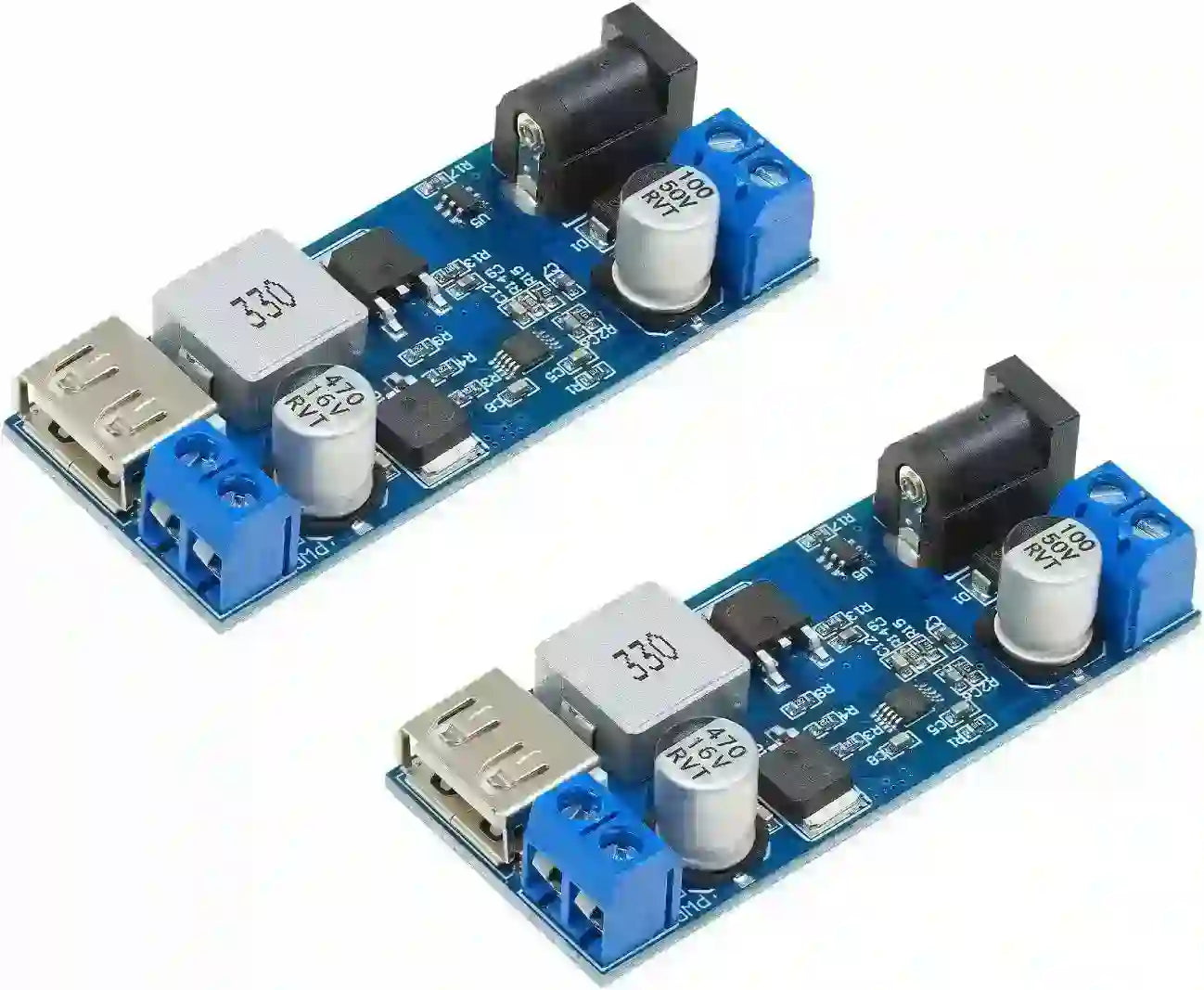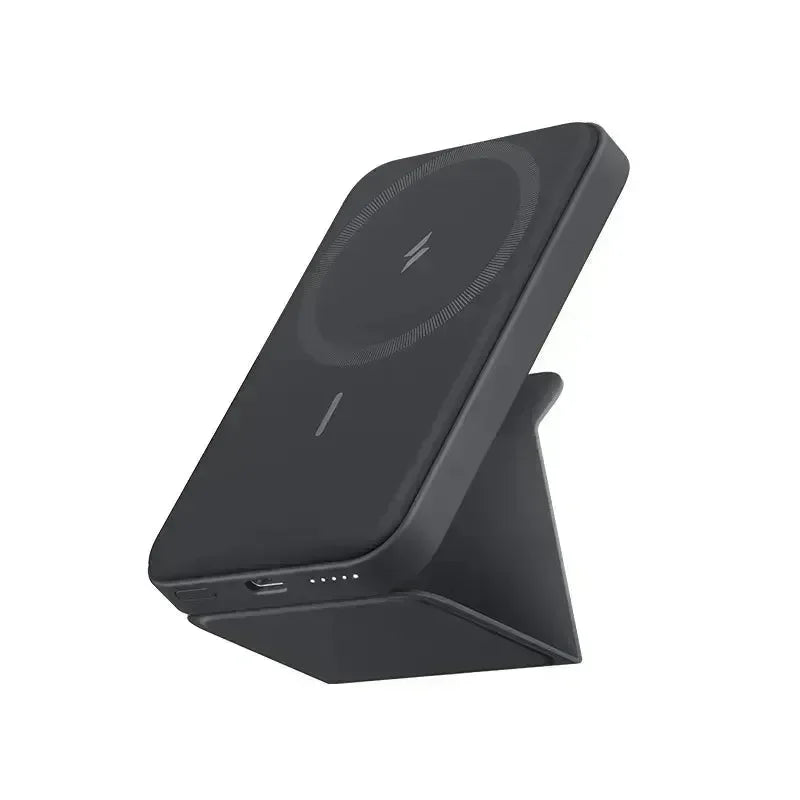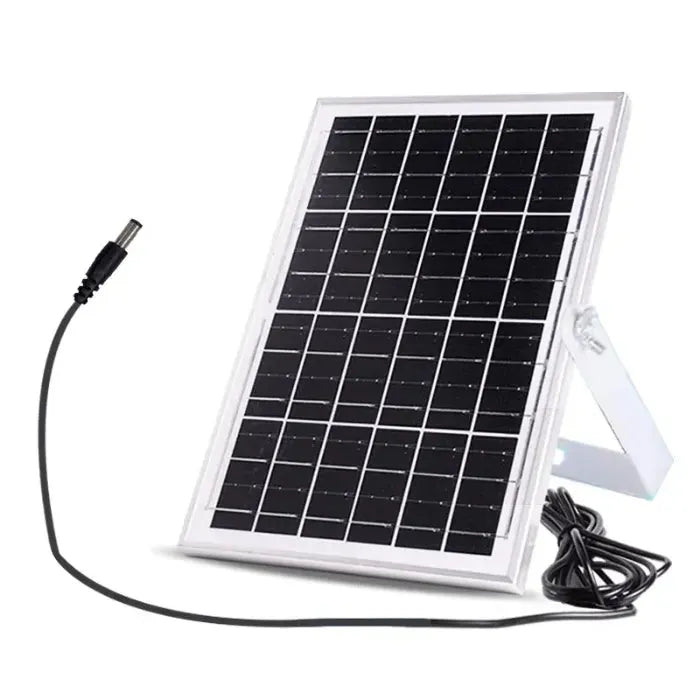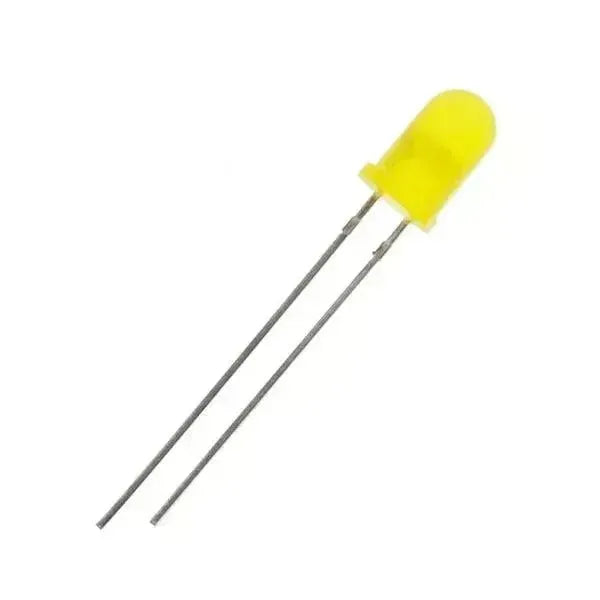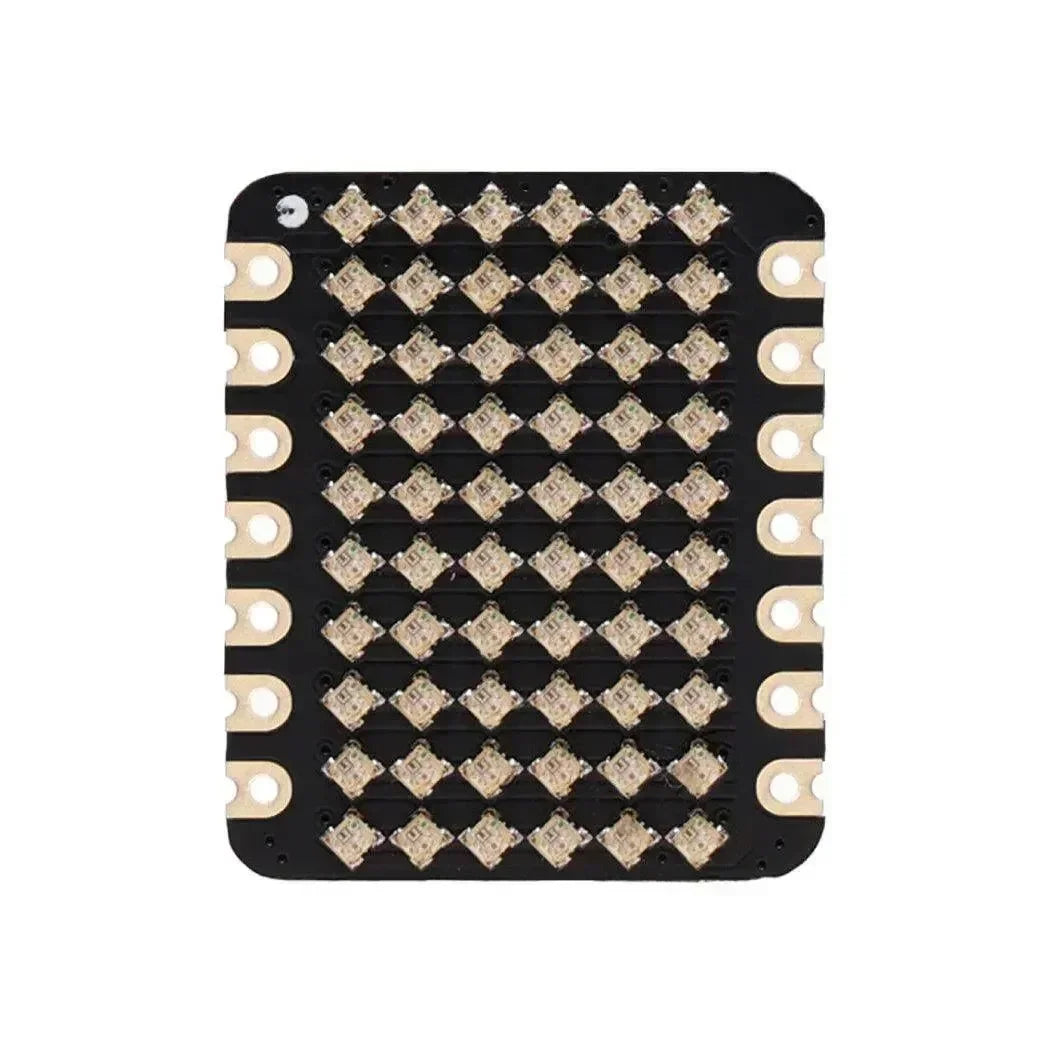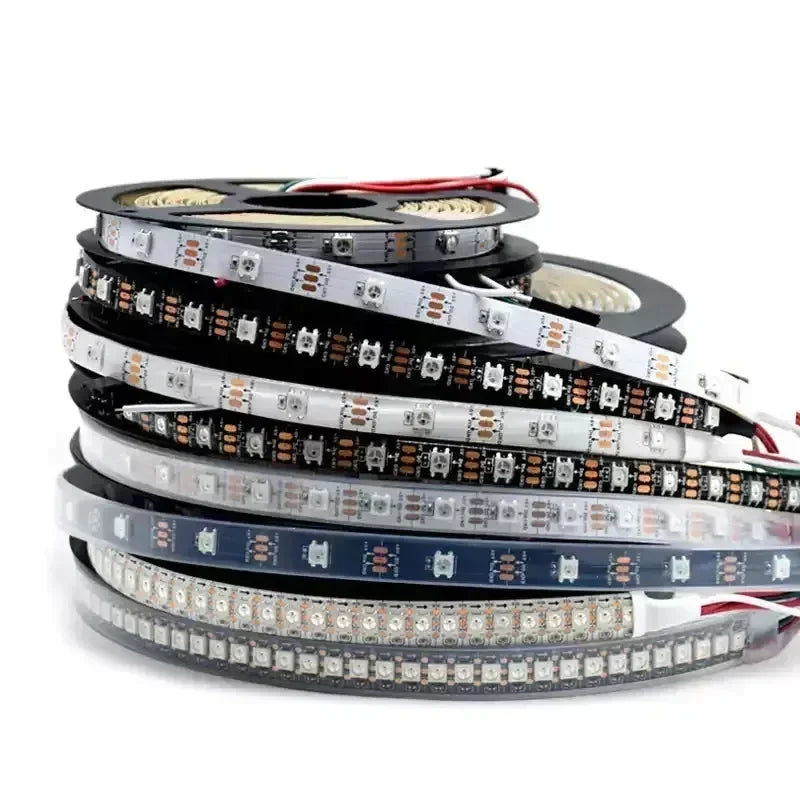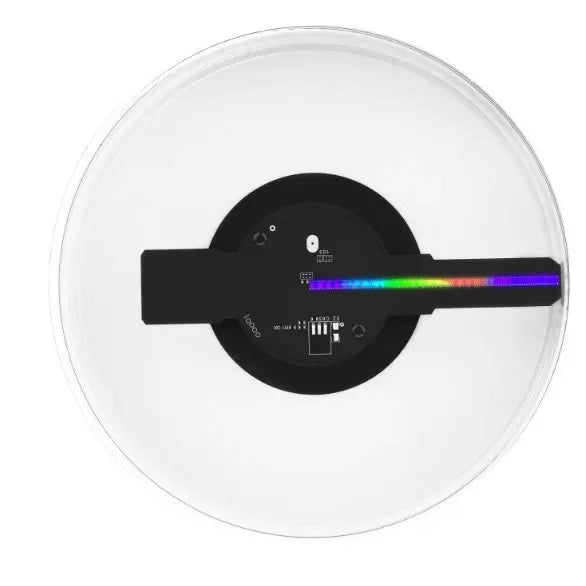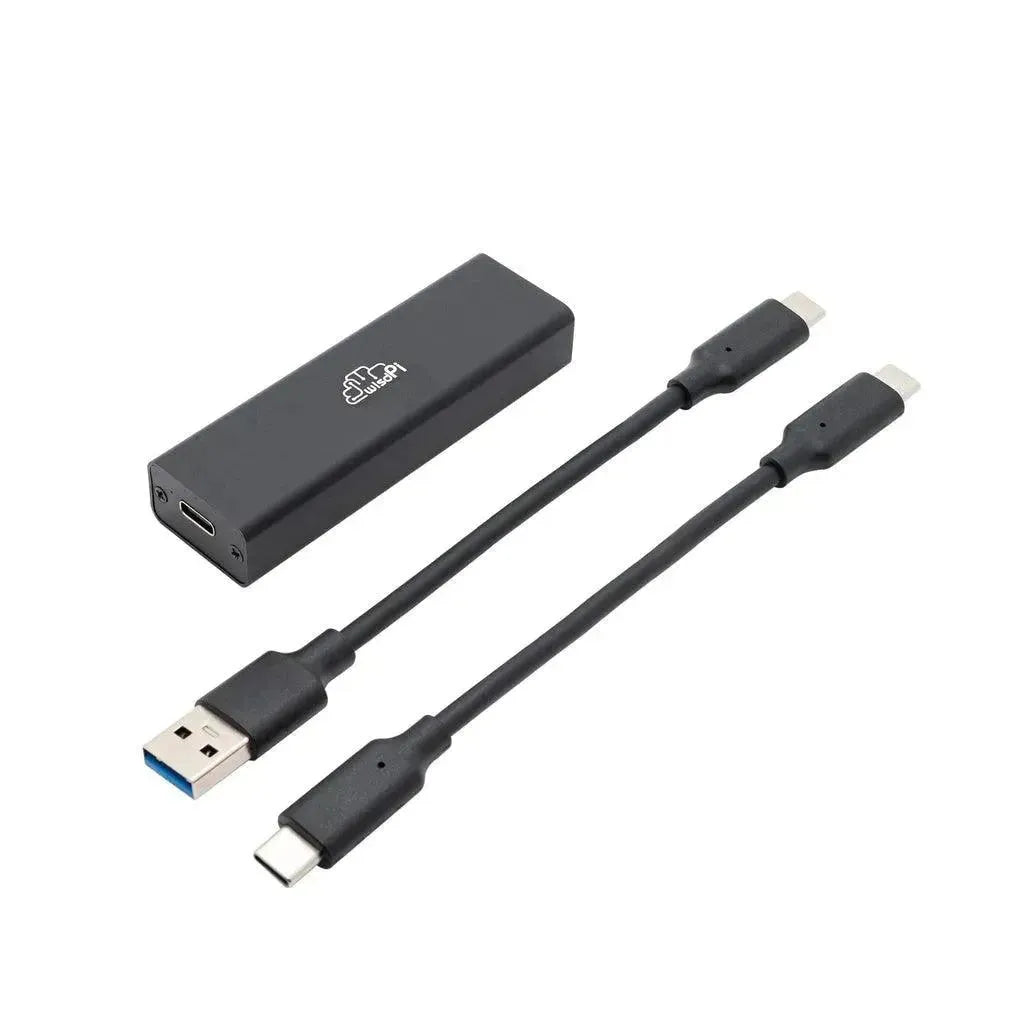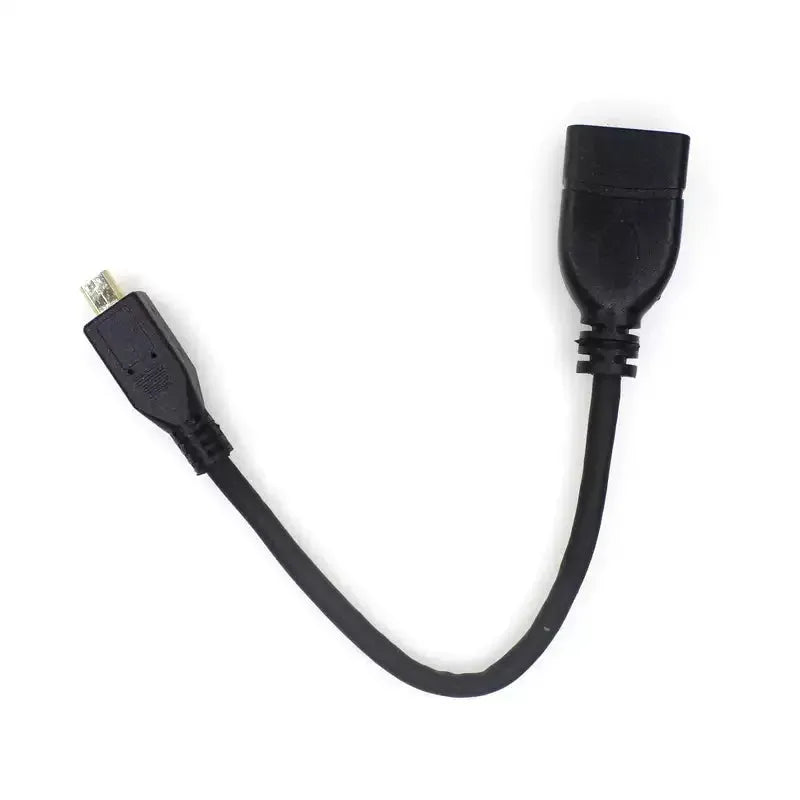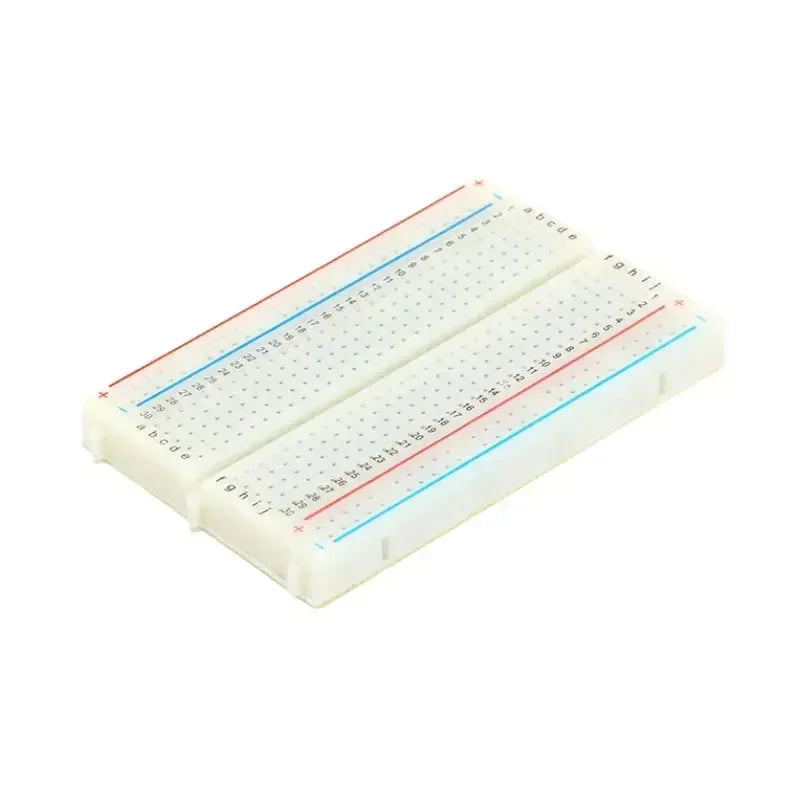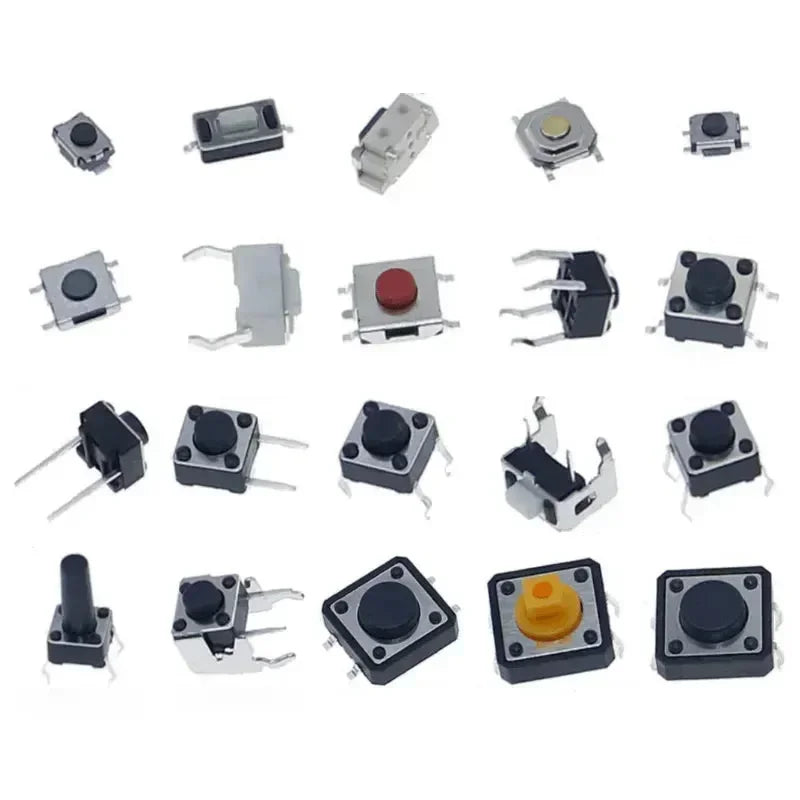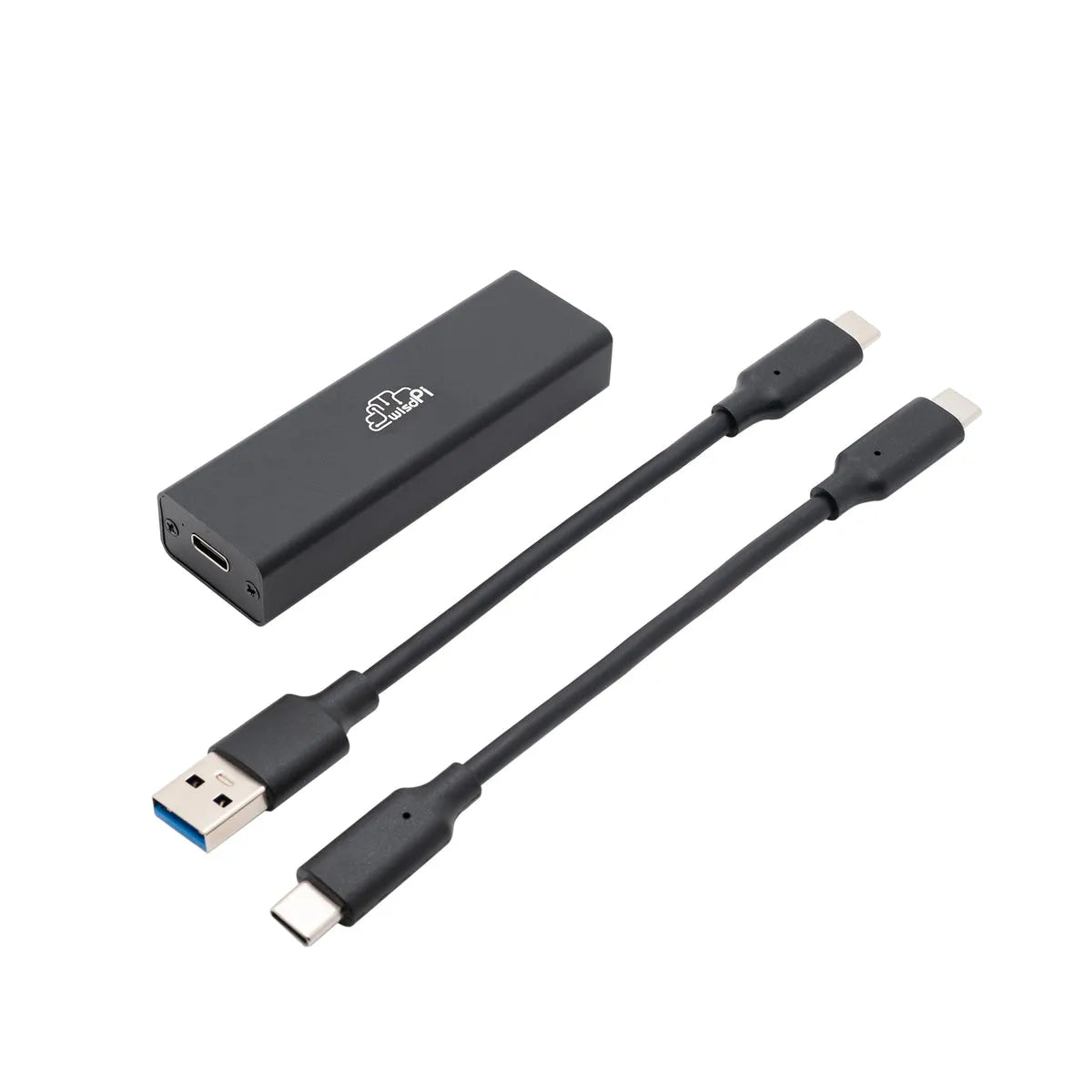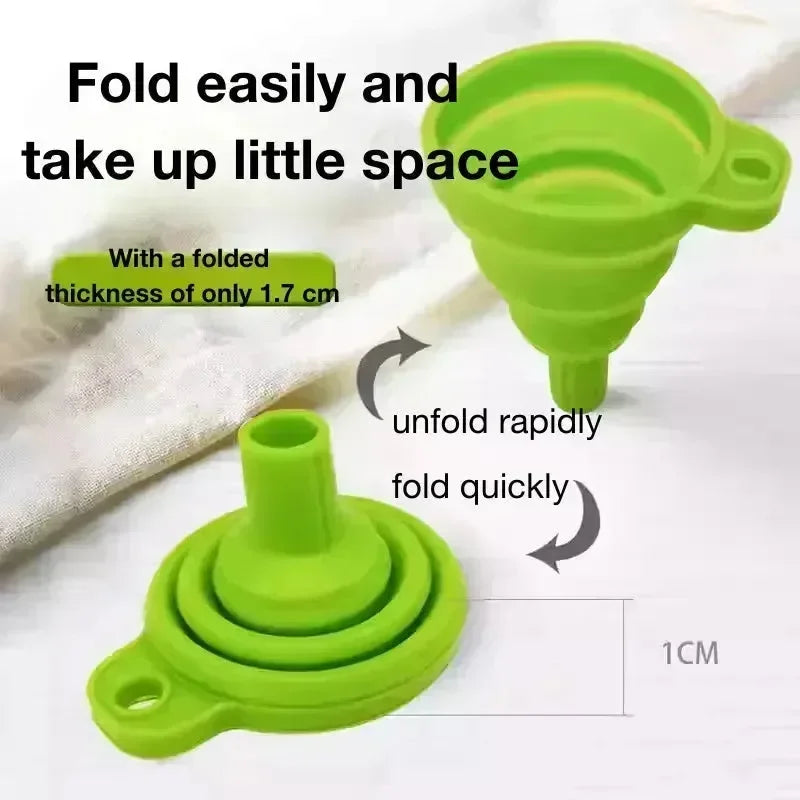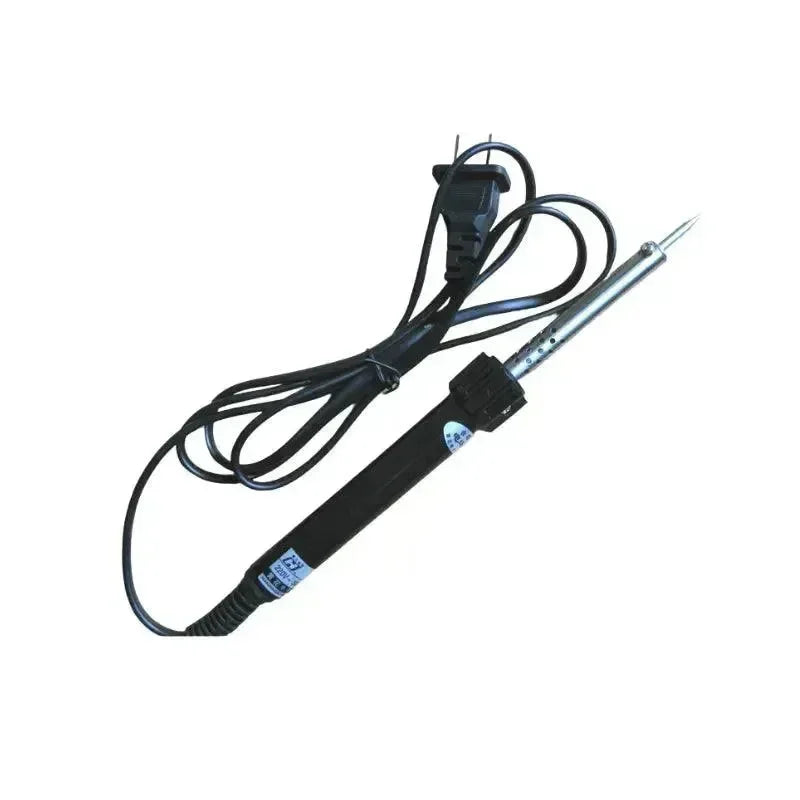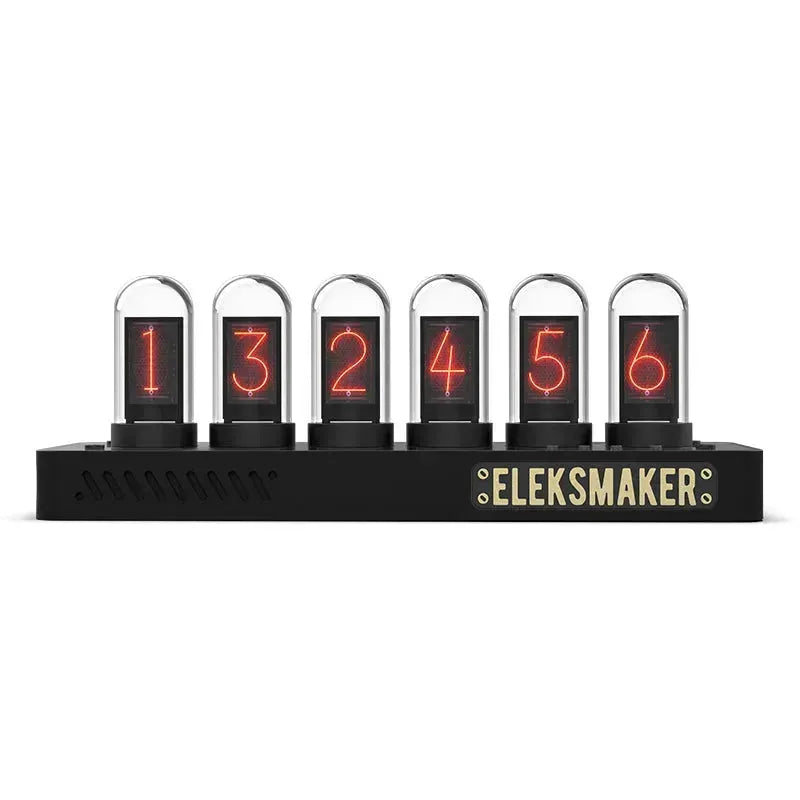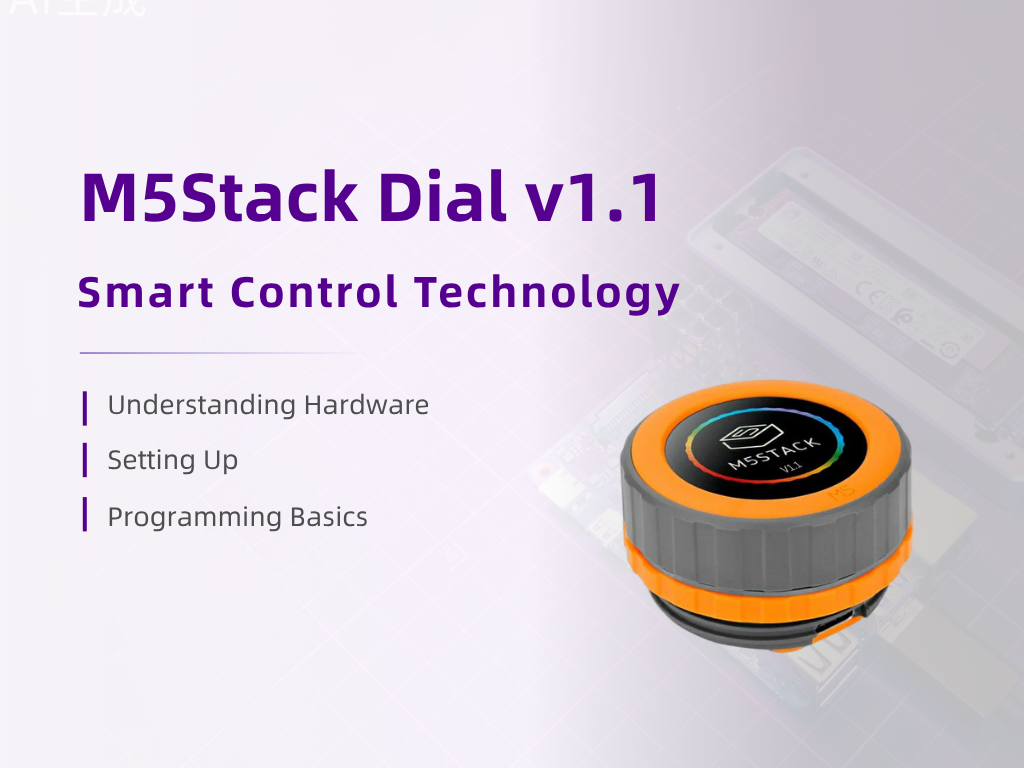Ready to bring your Arduino projects to life? It all starts with installing the Arduino IDE (Integrated Development Environment) — the free, open-source software that lets you code and upload programs to your board. Whether you’re on Windows, Mac, or Linux, this guide walks you through every step, from downloading drivers to mastering the IDE’s interface. Let’s dive in!
Step 1: Download Arduino IDE
Official Download Link: https://www.arduino.cc/en/software
For Windows Users
Installer Method (Recommended)
-
Click Windows Installer and run the
.exefile.
-
Check Install USB Driver during setup (critical for board communication).
-
Launch Arduino IDE from your desktop shortcut after installation.
Portable Zip Option
-
Download the Windows ZIP file and unzip it anywhere (e.g., your desktop).
-
Double-click
Arduino.exeto start coding—no installation needed!
For Mac OS X Users
Download the Mac OS X ZIP file and extract it.
Double-click
Arduino.app.-
First-time users: Install Java Runtime if prompted (required for IDE operation).
For Linux Users
Debian/Ubuntu (Simplest)
-
Install via Ubuntu Software Center (search "Arduino IDE").
Manual Installation
-
Download the 32-bit or 64-bit package matching your OS.
-
Open Terminal, navigate to the download folder, and run:
-
bash
-
sudo make install
Step 2: Install Arduino Drivers
Original Arduino Boards (UNO, MEGA, Leonardo)
-
Windows: Drivers auto-install if you use the Windows Installer.ZIP users: Run
drivers/dpinst-amd64.exeinside the IDE folder. -
Mac/Linux: No drivers needed—plug and play!
Third-Party/Clone Boards
Many budget-friendly clones use different USB-to-serial chips like:
-
CH340G (most common)
-
CP2102
-
FT232RL
Download Drivers
Visit https://learn.sparkfun.com/tutorials/how-to-install-ch340-drivers/all and grab drivers for your chip
Install
-
Windows: After installation, check Device Manager > Ports (COM & LPT) for your board’s COM port.
Step 3: Navigate the Arduino IDE Like a Pro

The Arduino IDE’s minimalist design hides serious power. Here’s a quick tour:
Key Interface Areas
Toolbar Shortcuts
-
Verify (✓): Checks code for errors (no upload).
-
Upload (→): Compiles and sends code to your board.
-
New (📄): Starts a fresh sketch.
-
Serial Monitor (🔍): Debug by viewing data sent/received over USB.
Code Editor
-
Write or paste your code here (called a "sketch" in Arduino lingo).
Console
-
Displays compile logs, errors, and upload status.
Why Arduino IDE Beats Traditional Tools
Unlike complex IDEs like Keil or IAR, Arduino cuts the clutter:
-
Beginner-Friendly: No obscure settings — just write, upload, and go.
-
Built-in Examples: Access 100+ preloaded codes (File > Examples).
-
Library Manager: Add sensors, displays, and Wi-Fi modules with one click.
Troubleshooting Quick Tips
-
Board Not Detected?Reinstall drivers or try a different USB cable (some charge-only cables lack data lines).
-
Upload Failed?Ensure the correct Board and Port are selected in Tools > Port.
Final Step: Start Coding!
With the IDE set up, you’re ready to:
Blink an LED (File > Examples > 01.Basics > Blink).
Control motors, read sensors, or build IoT gadgets.
Pro Tip: Bookmark the Arduino Reference for syntax help.
Got stuck? Drop a comment below—we’ll help you debug!

